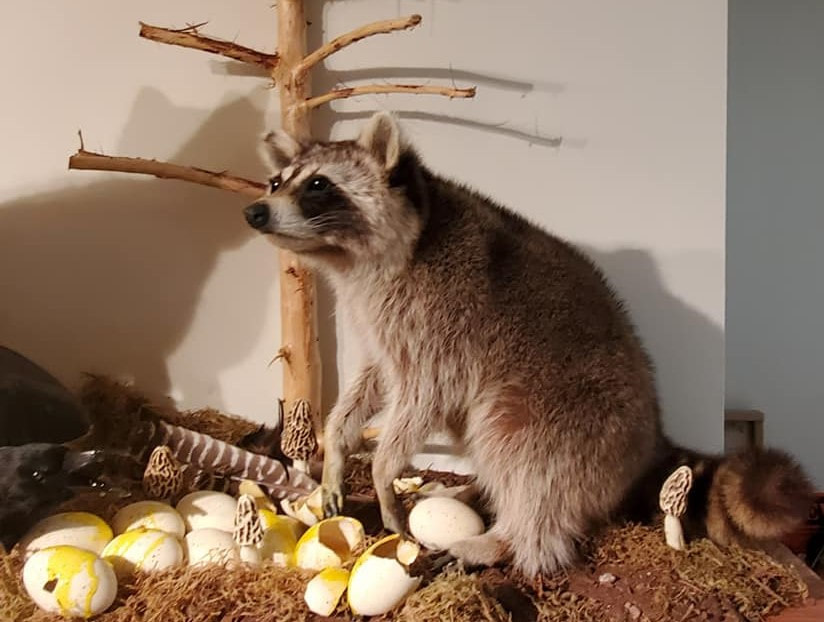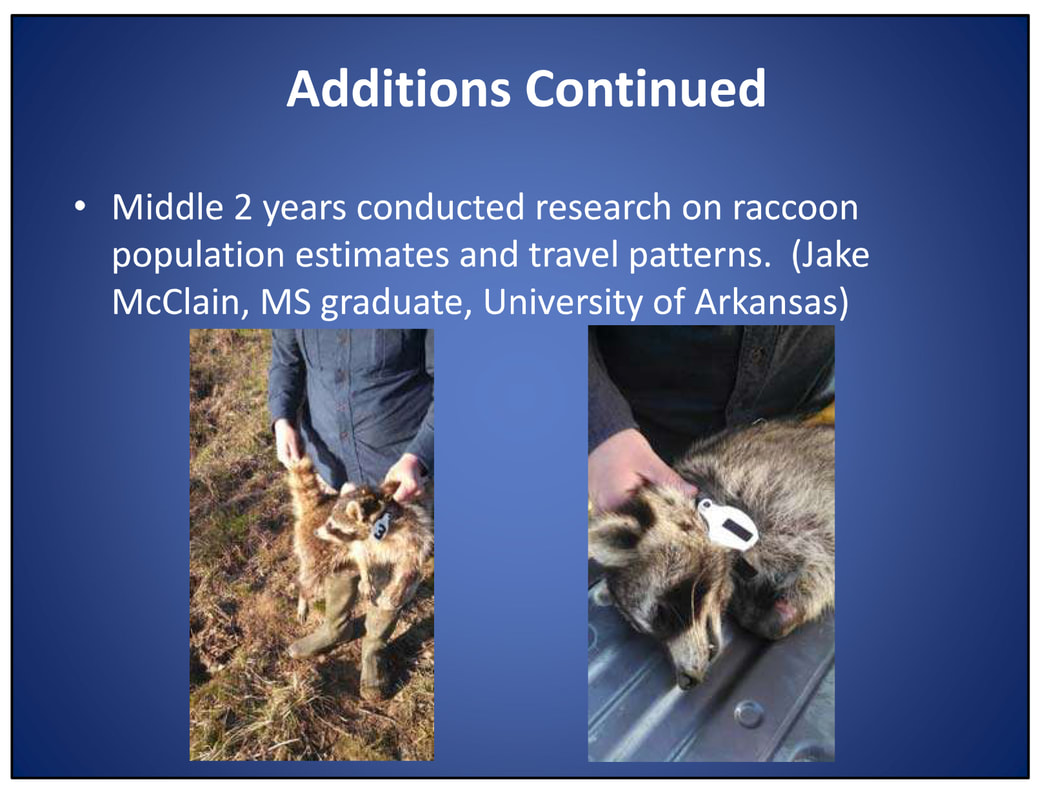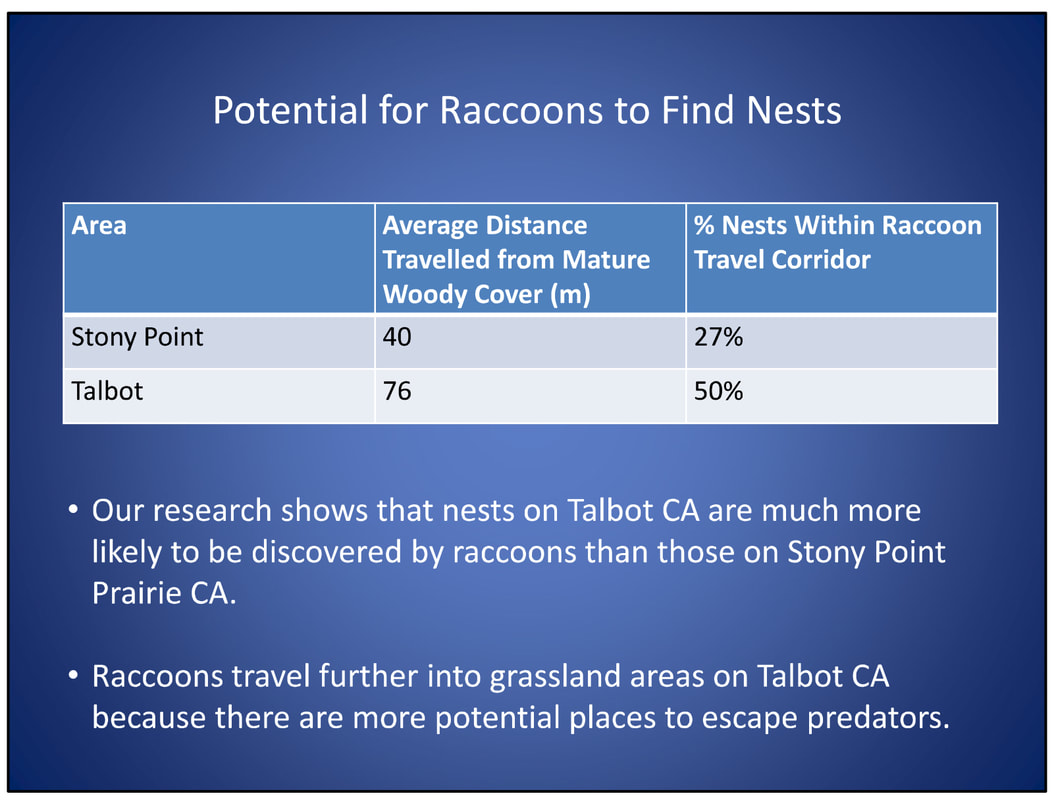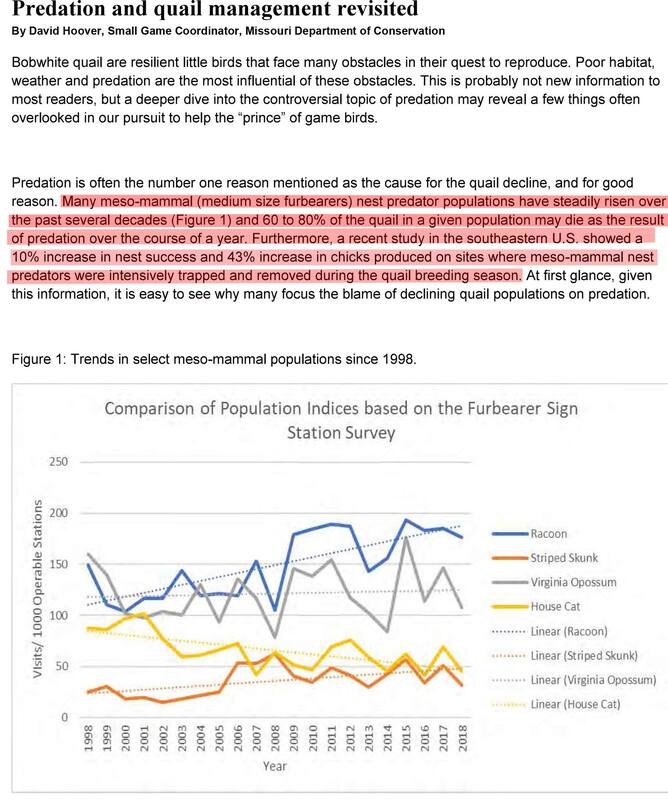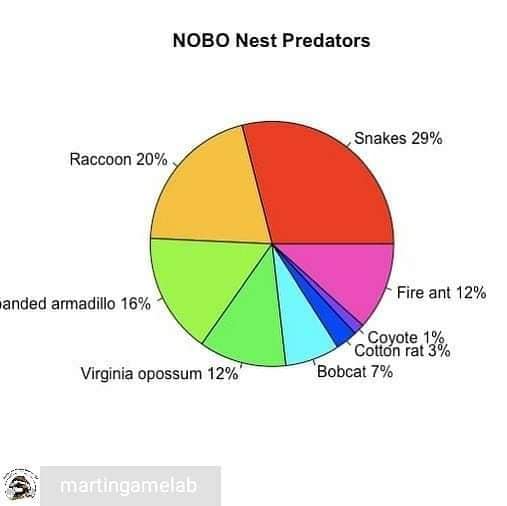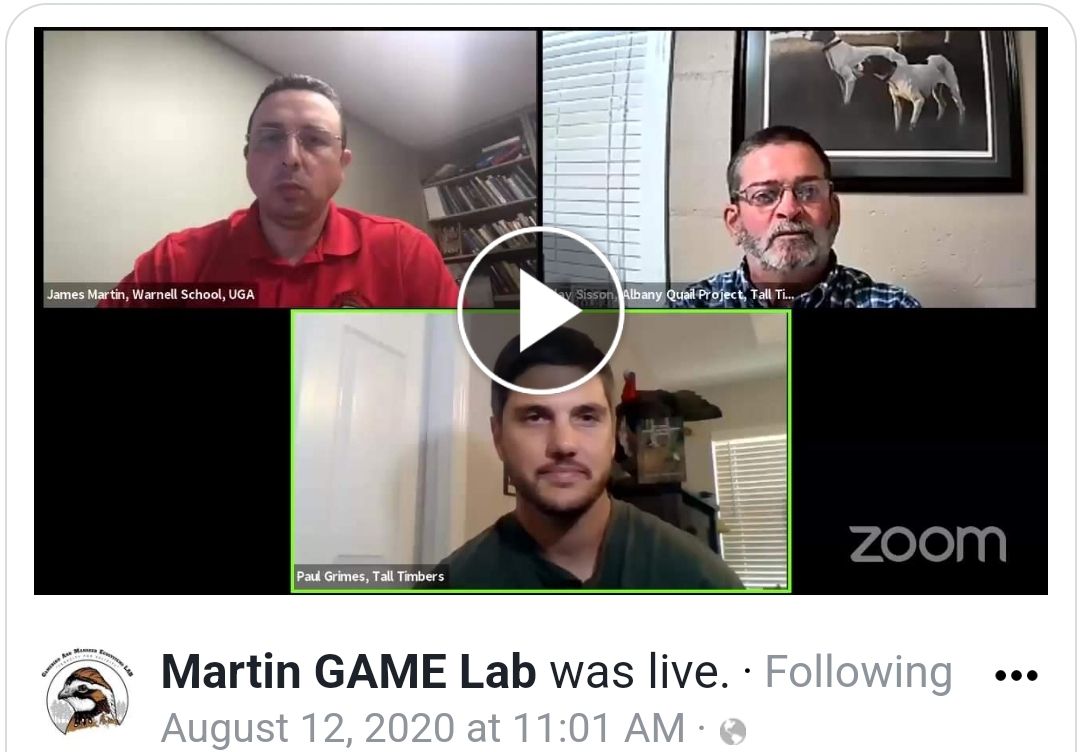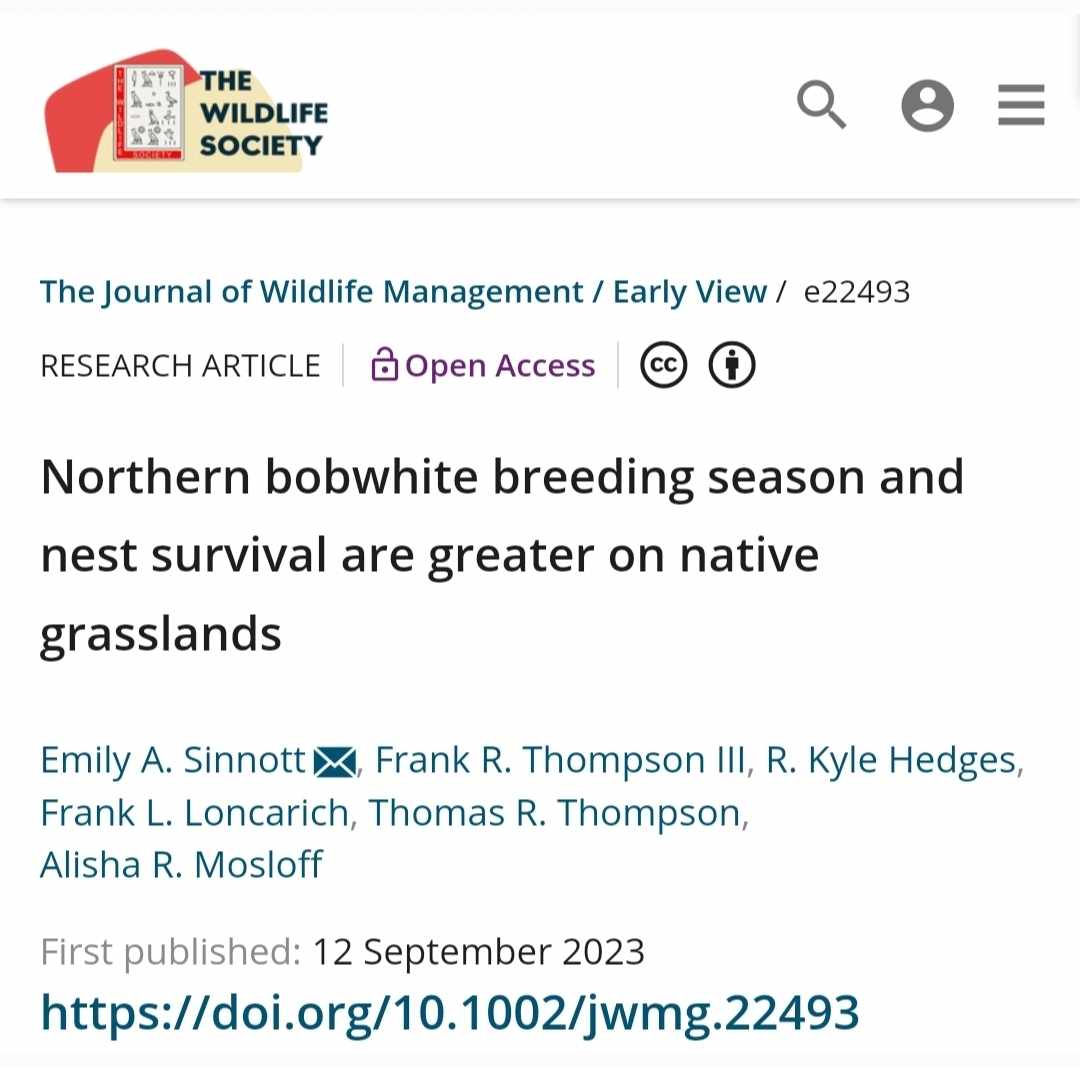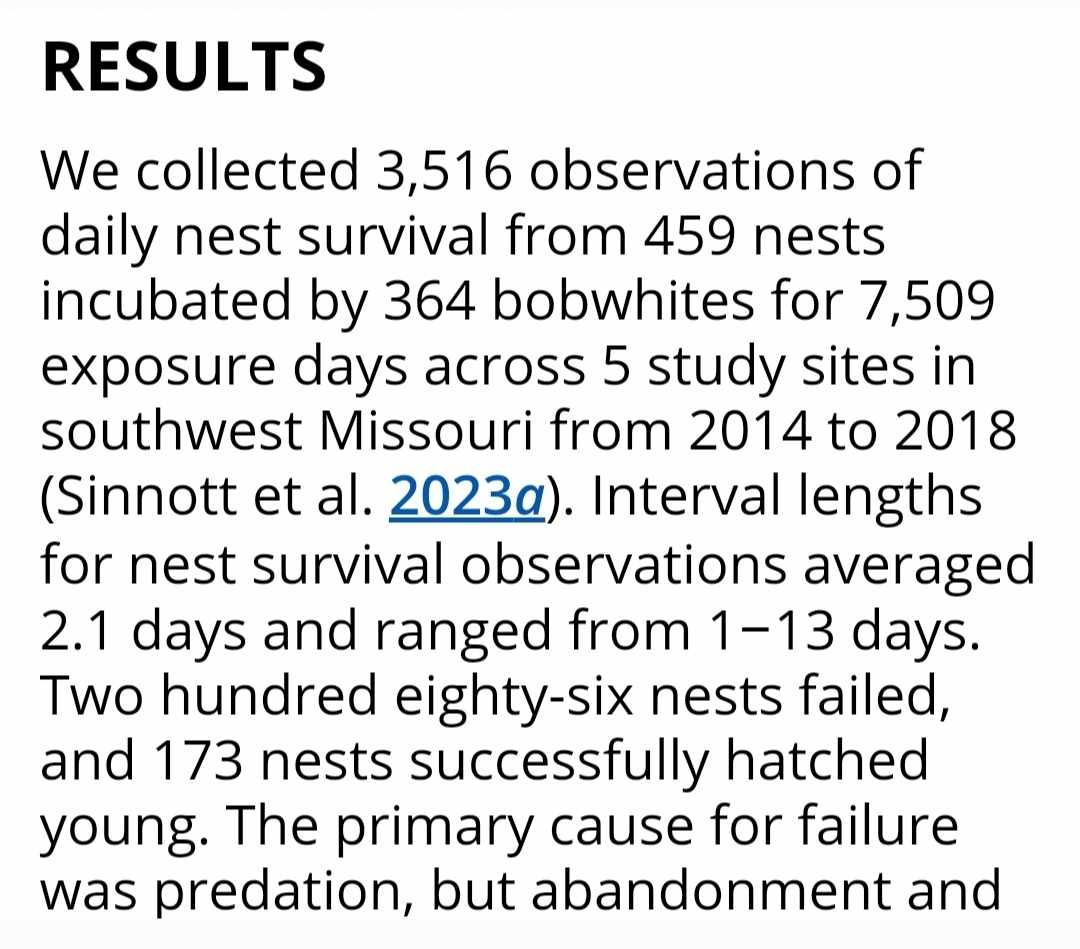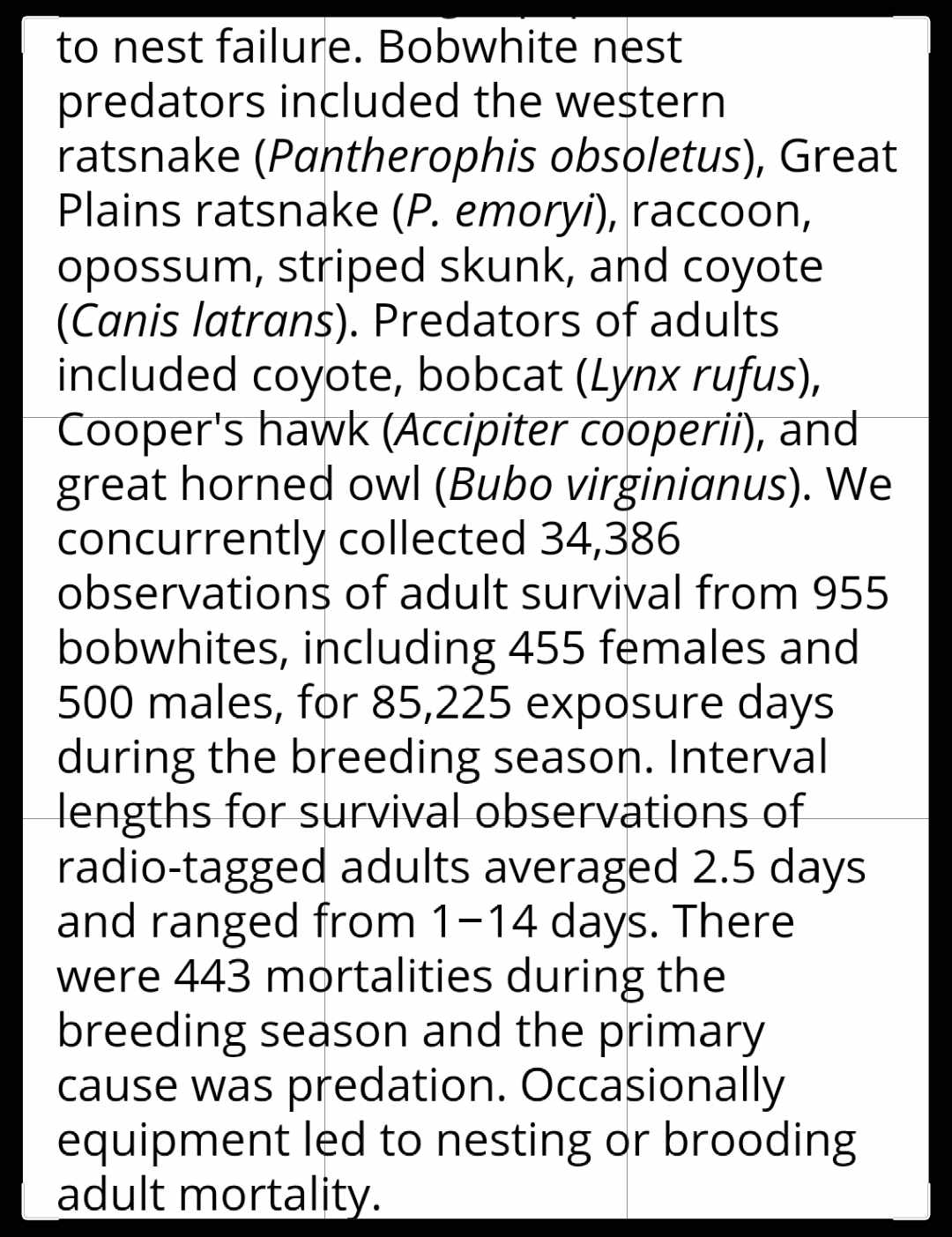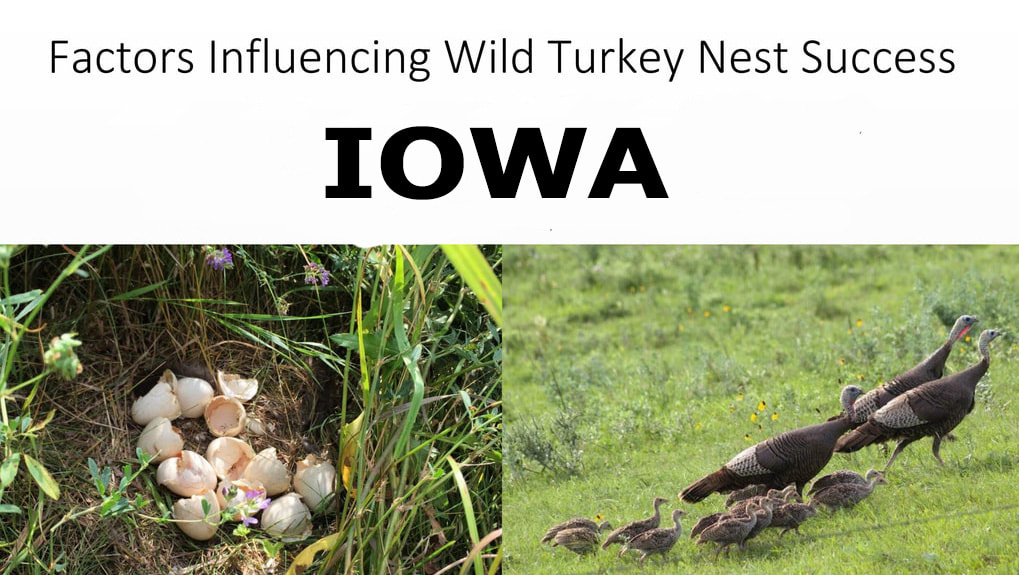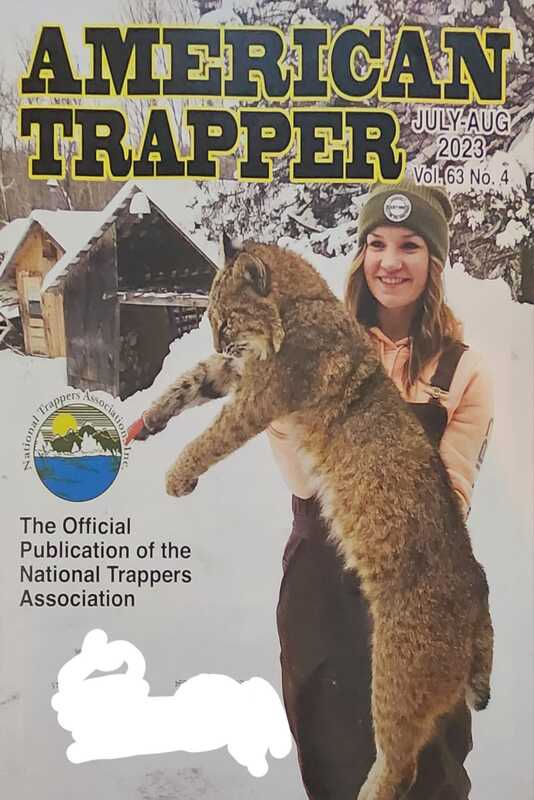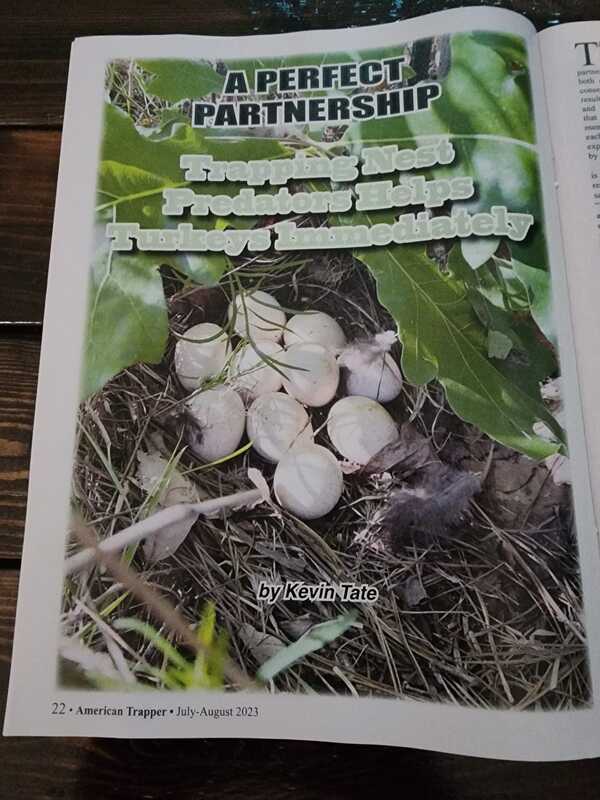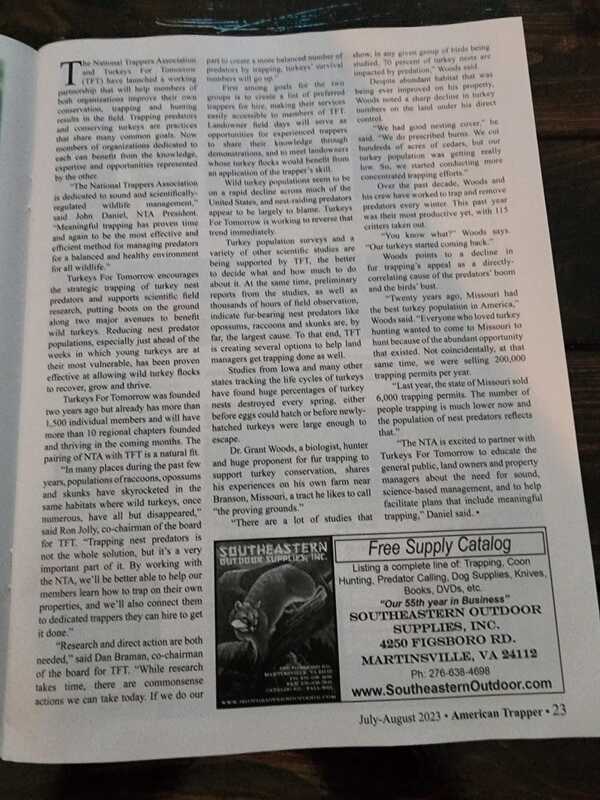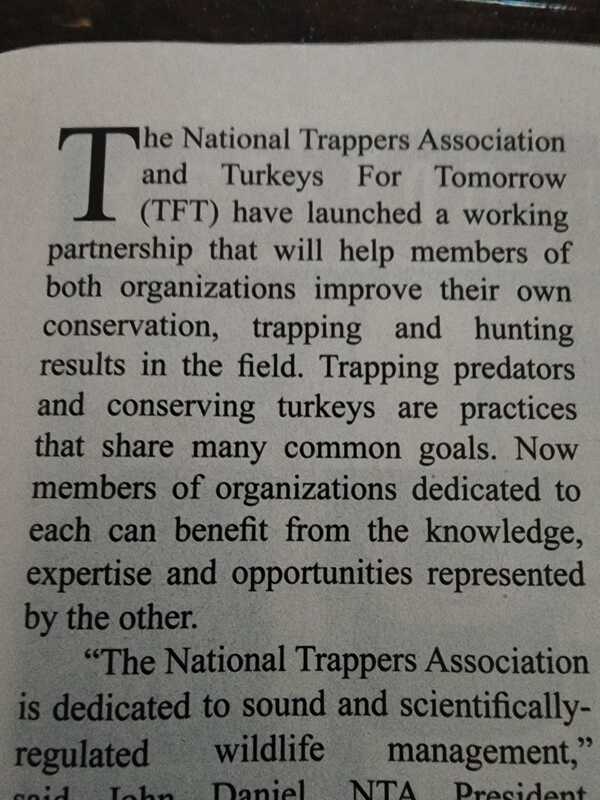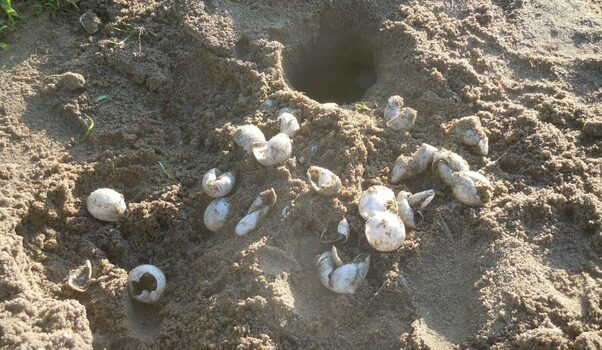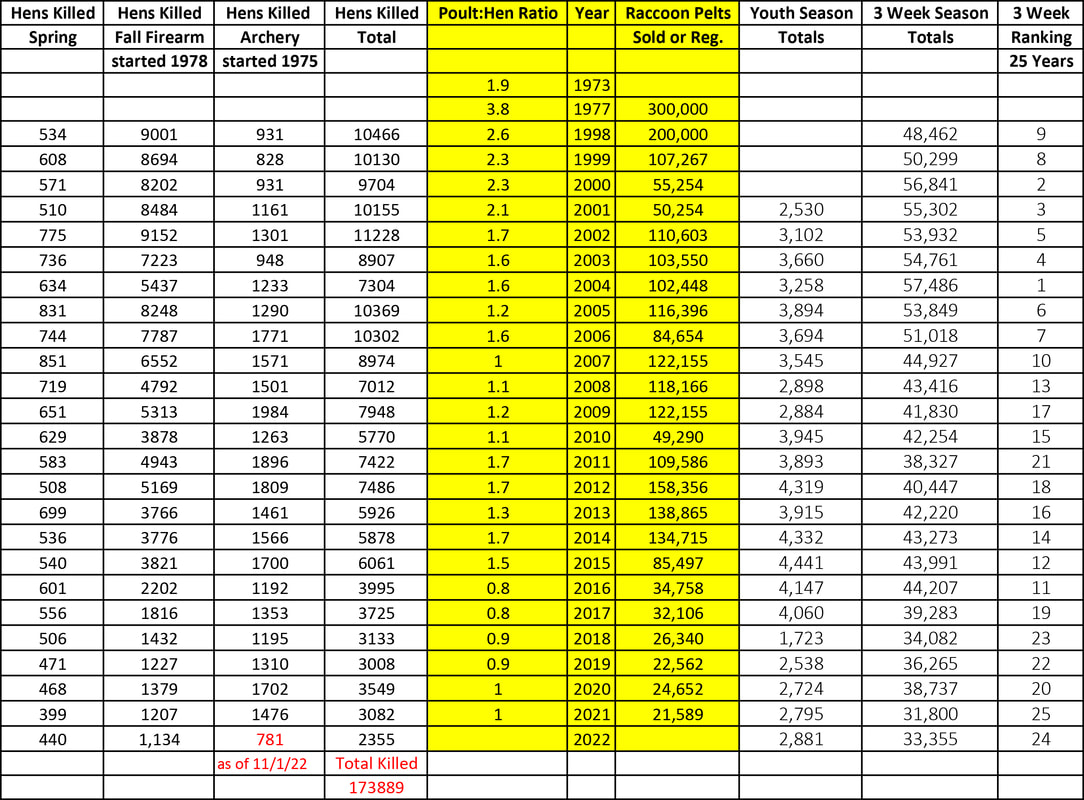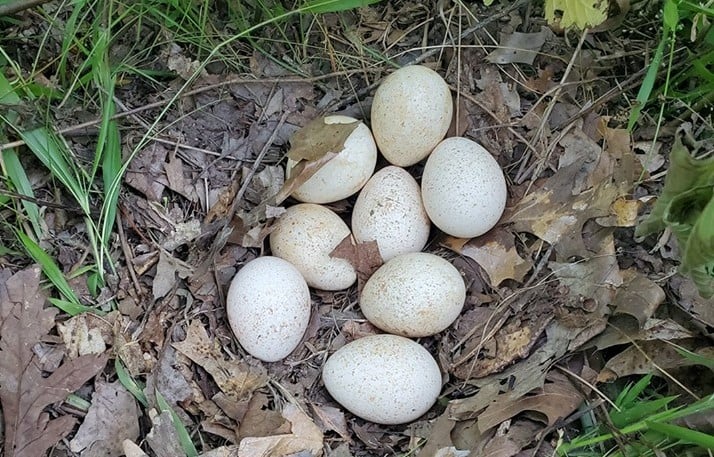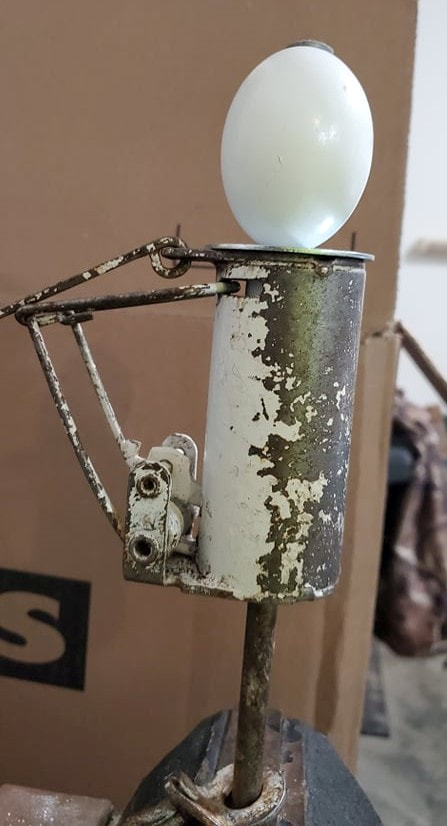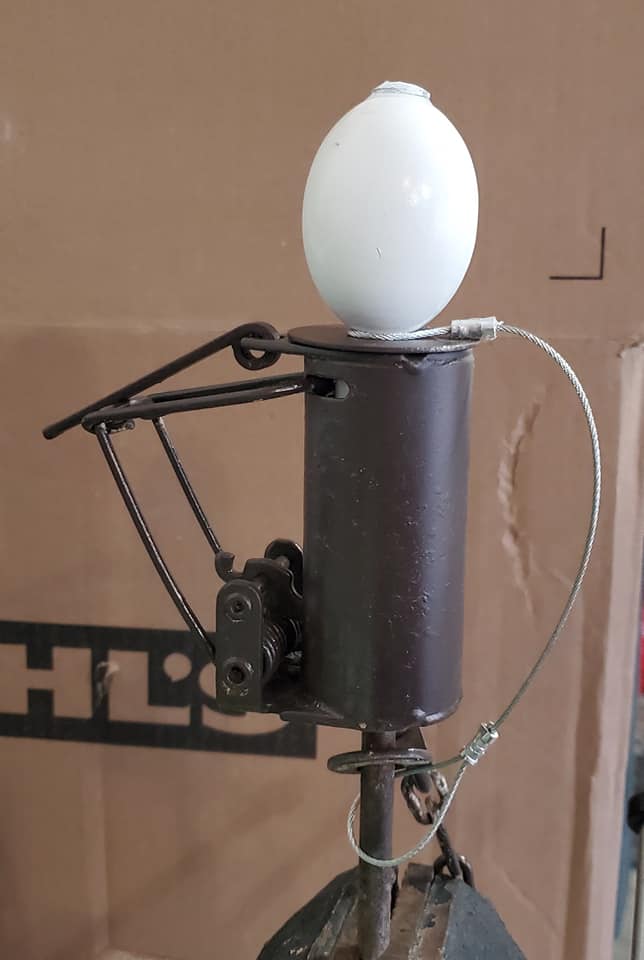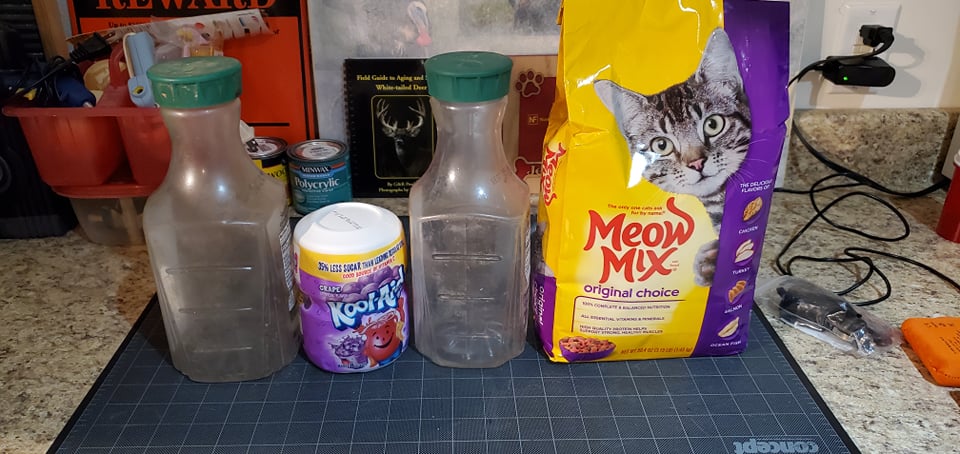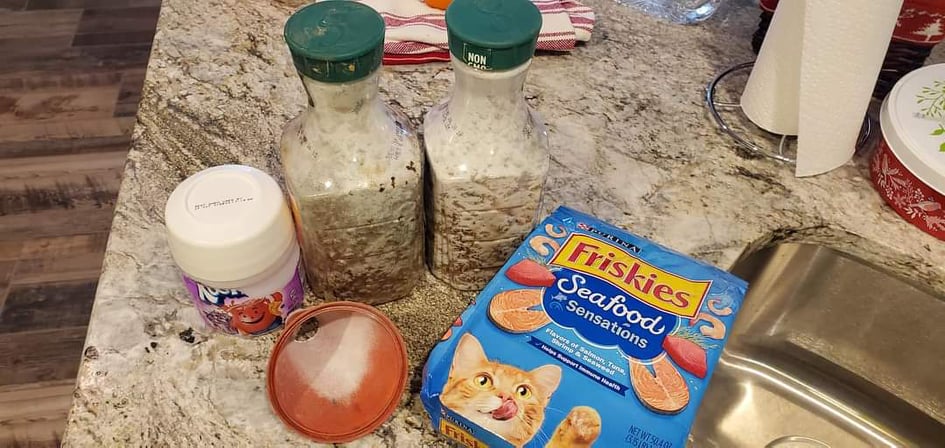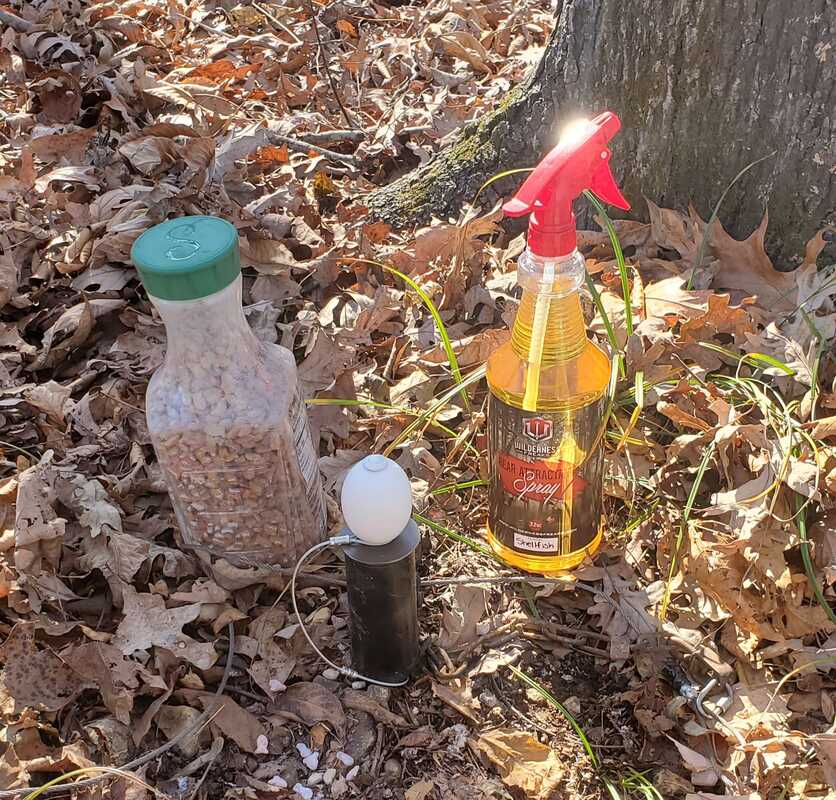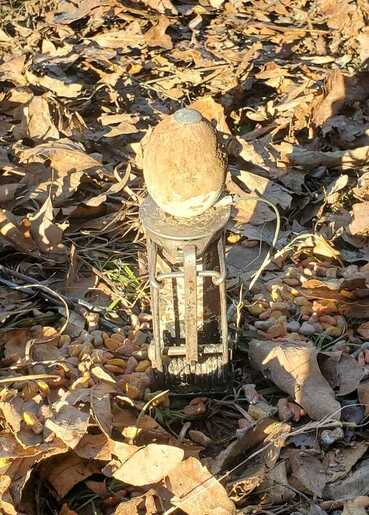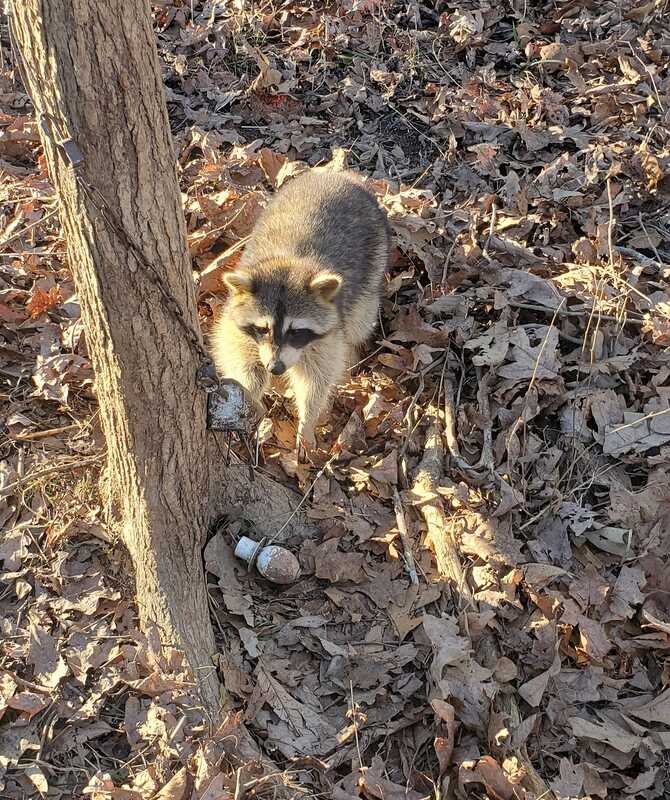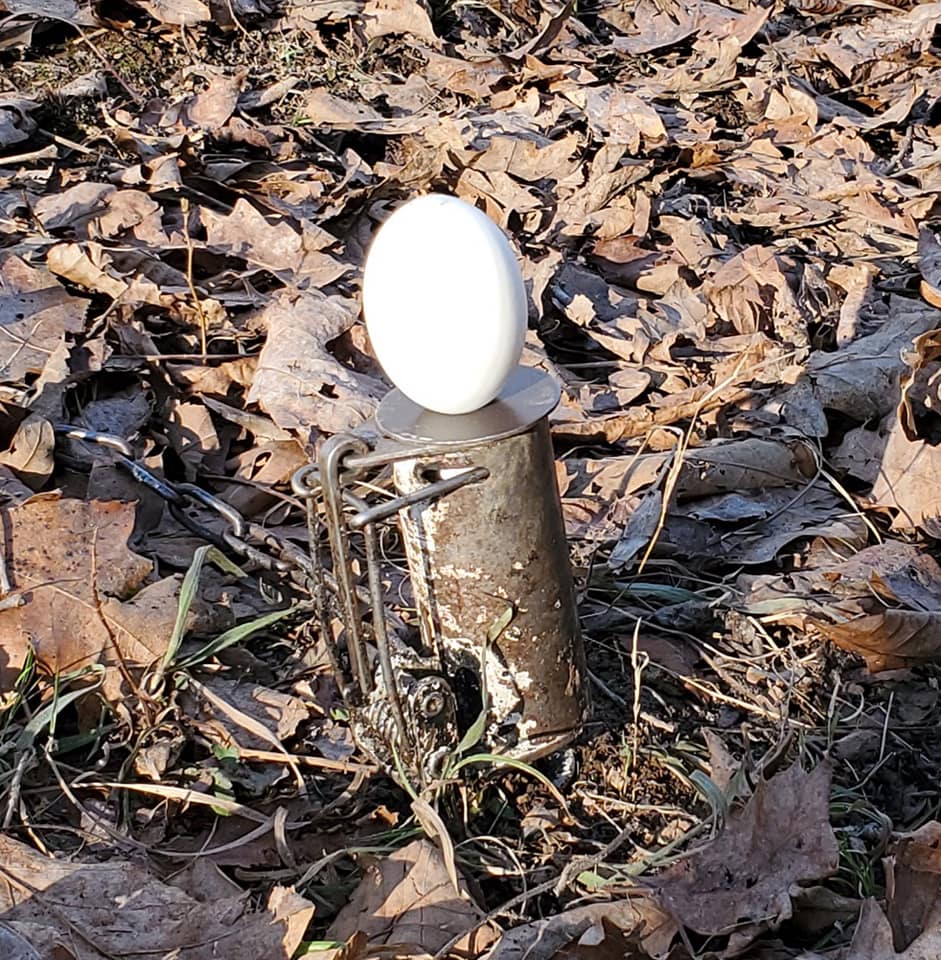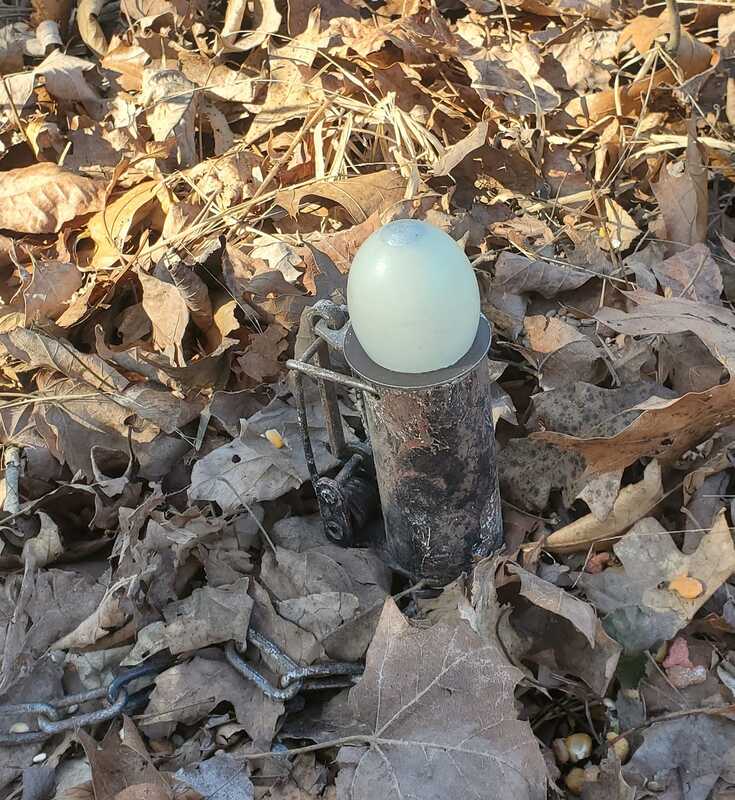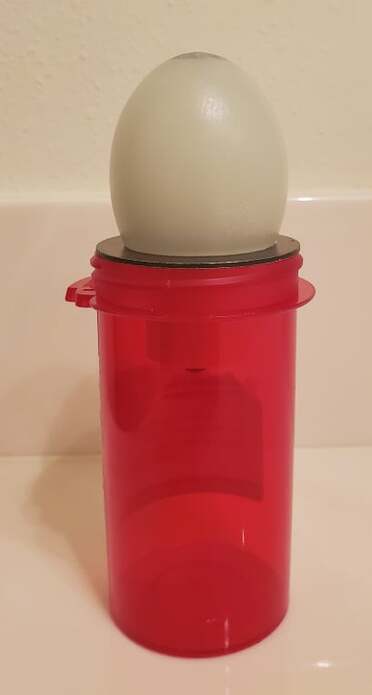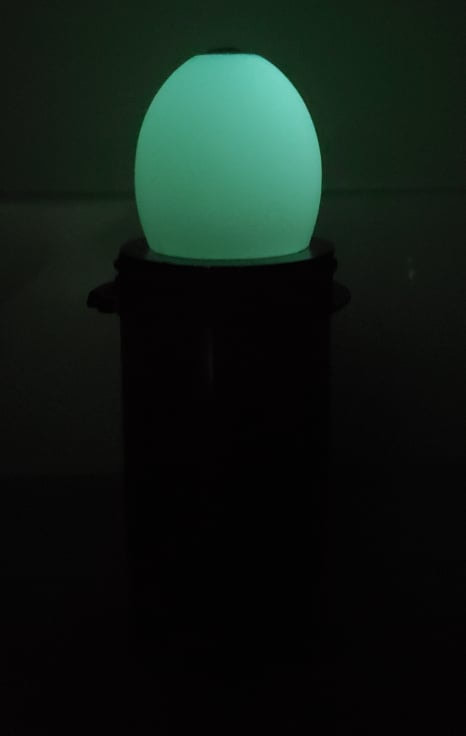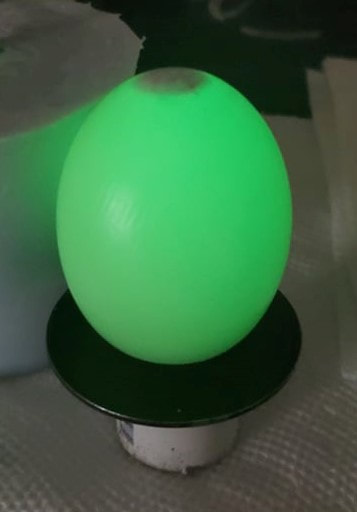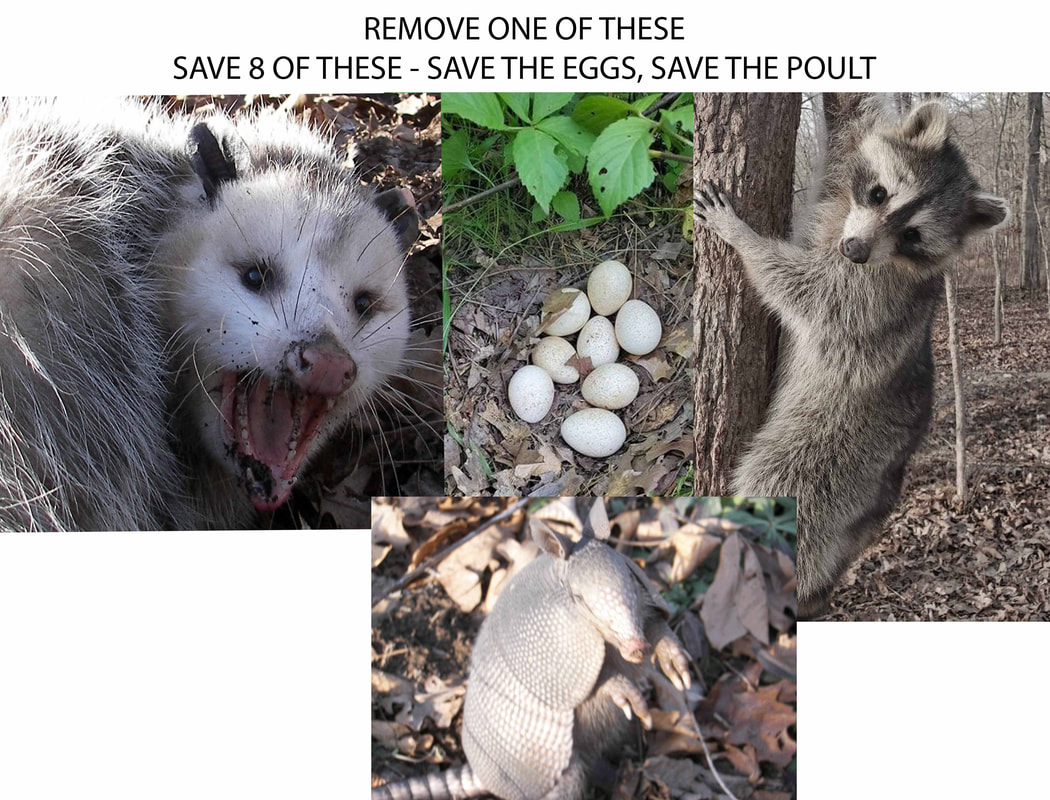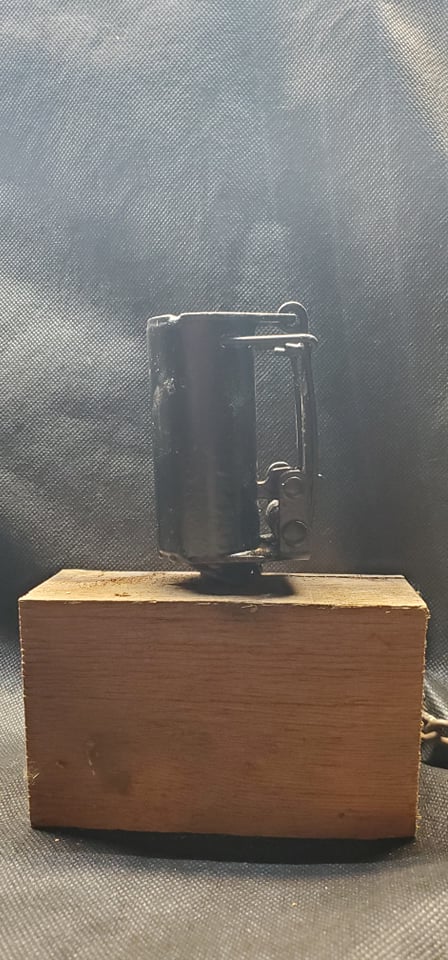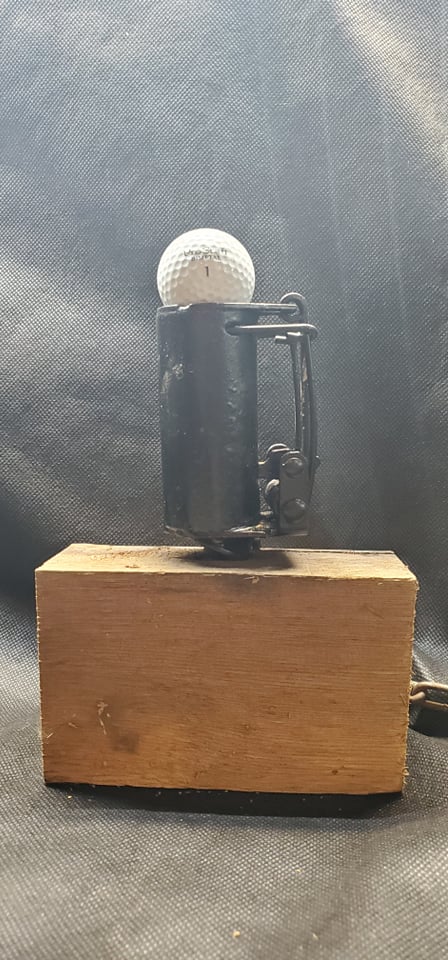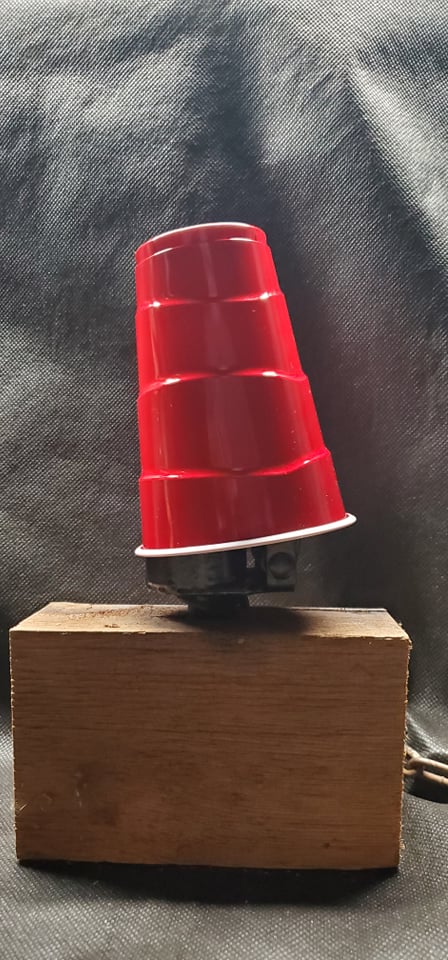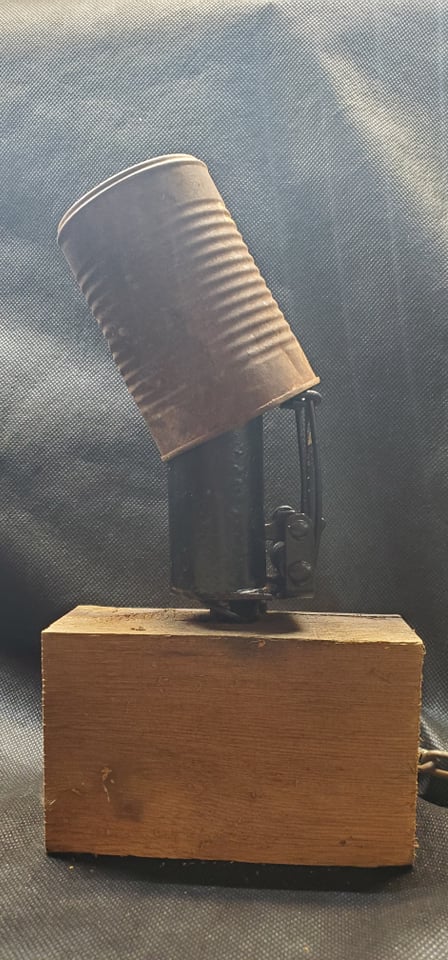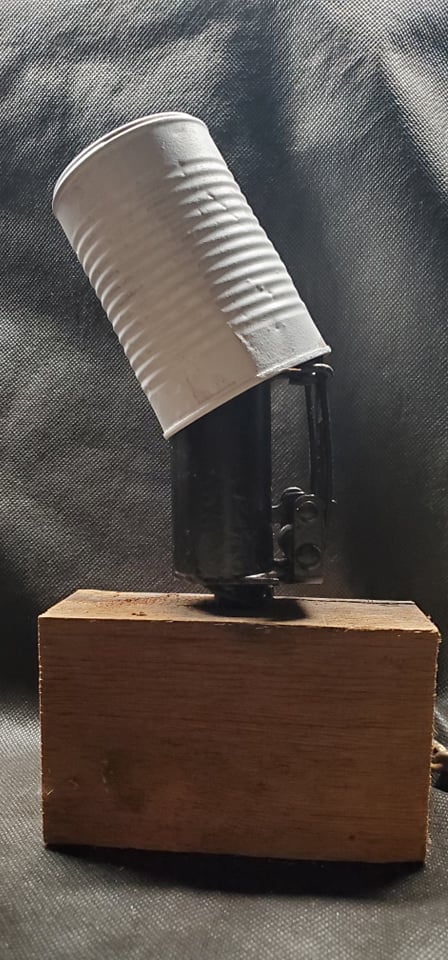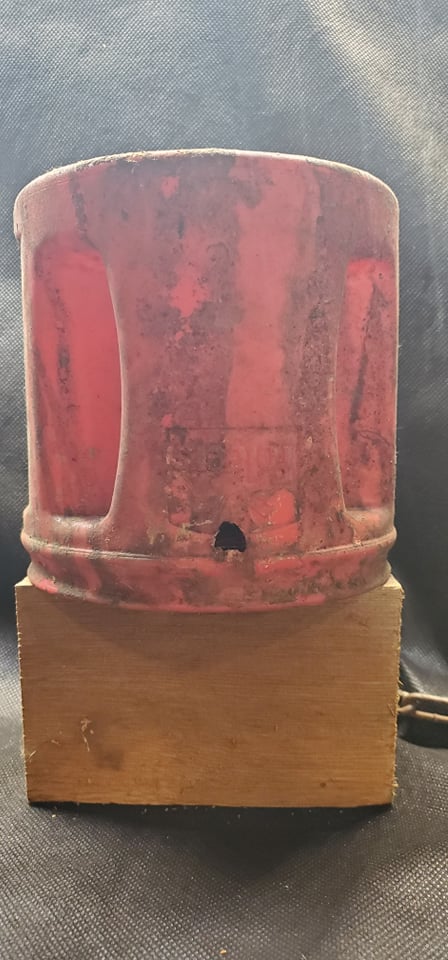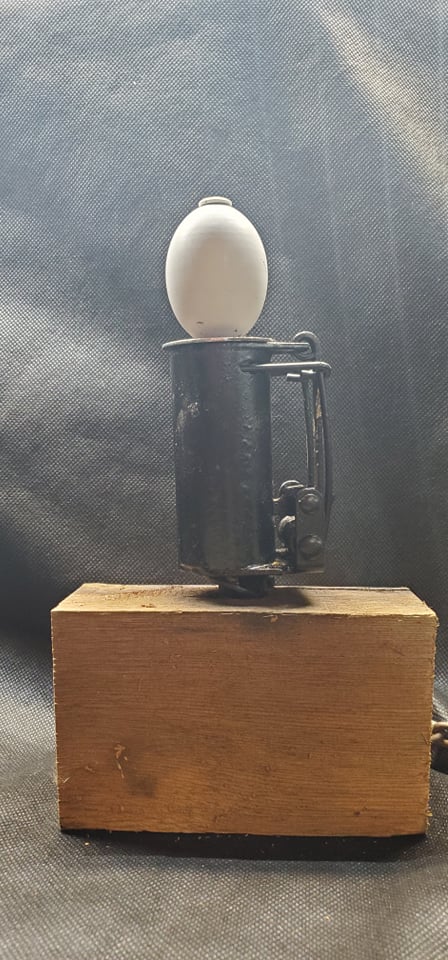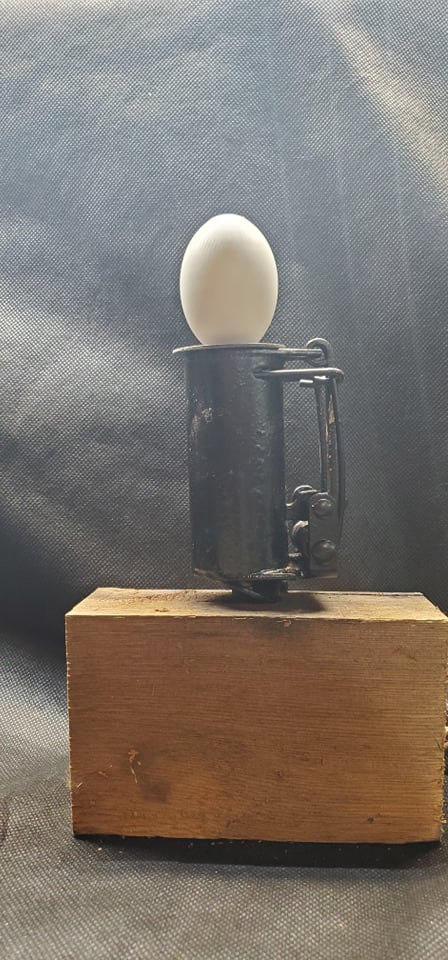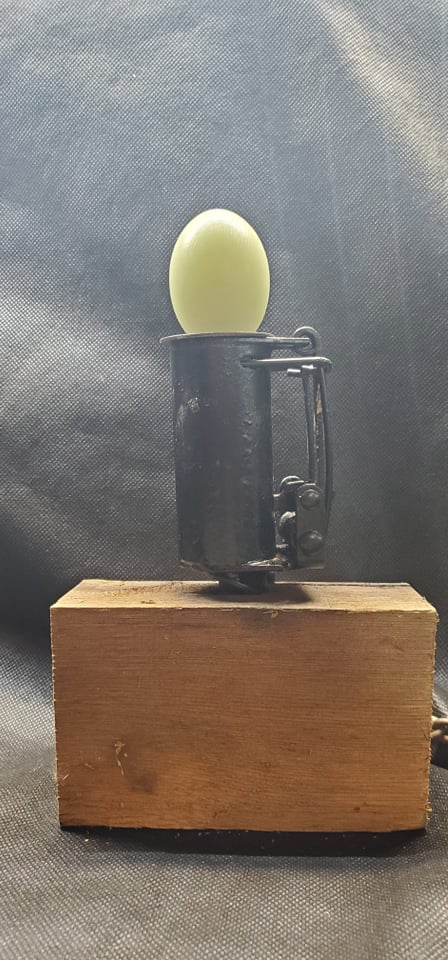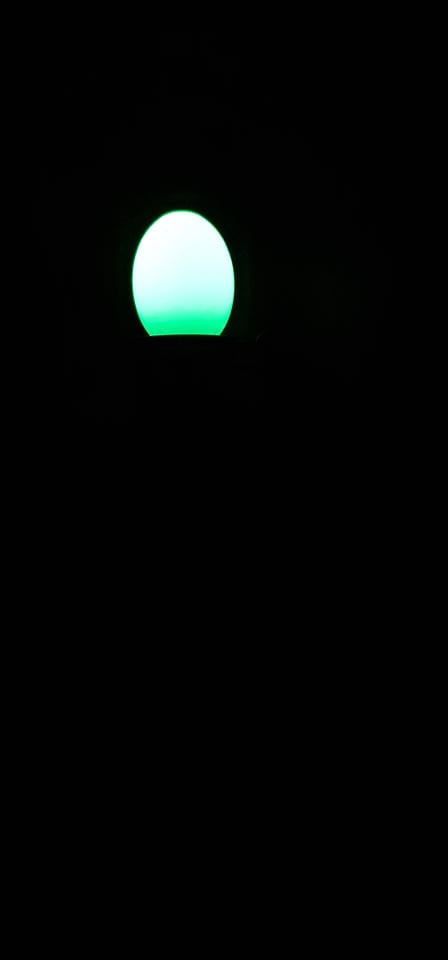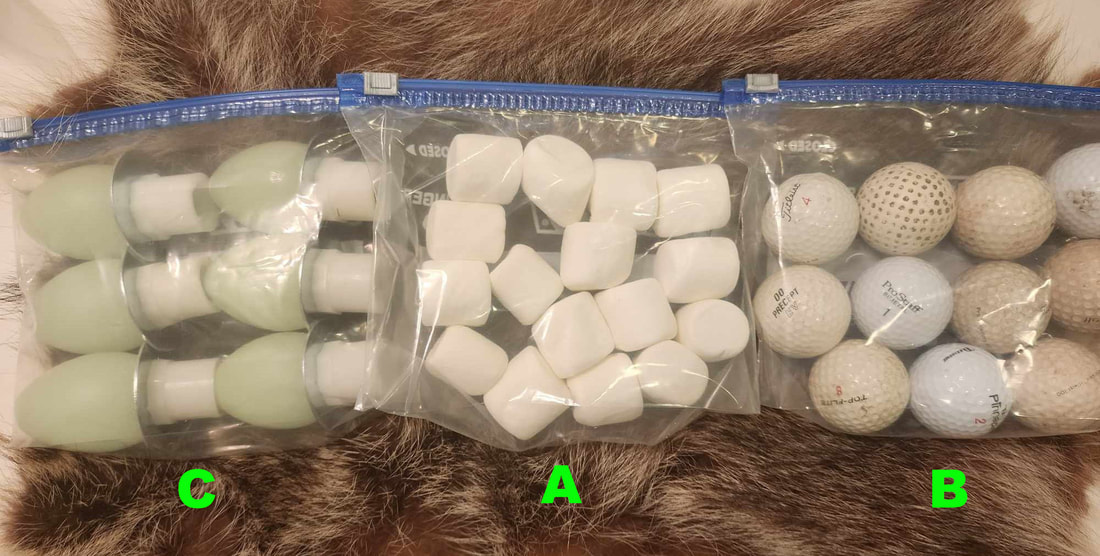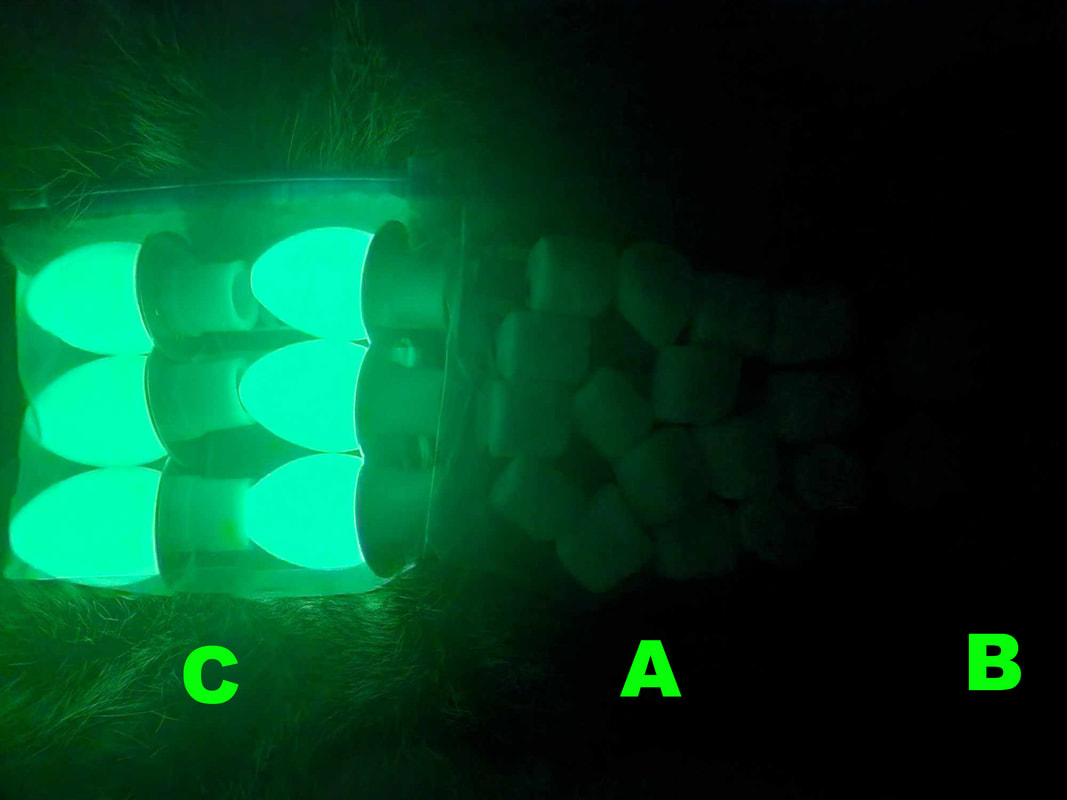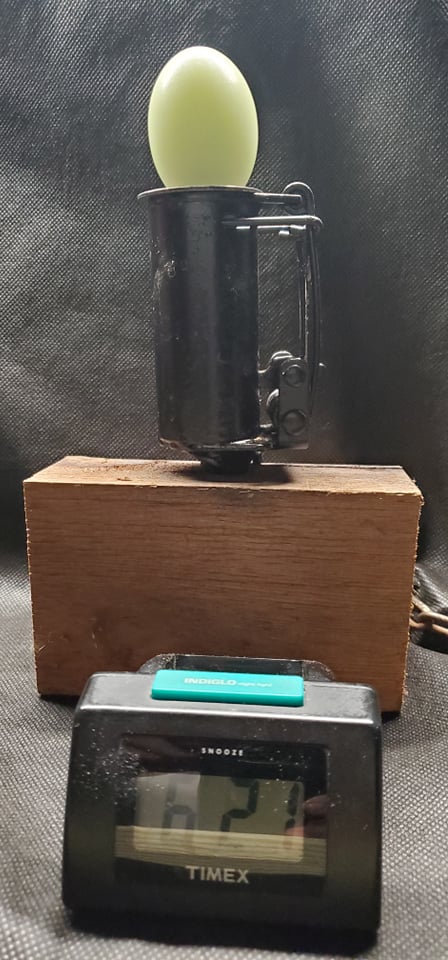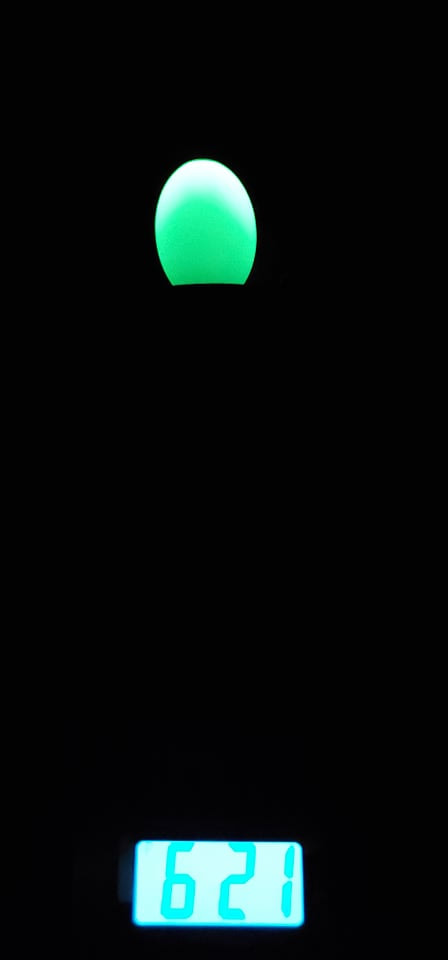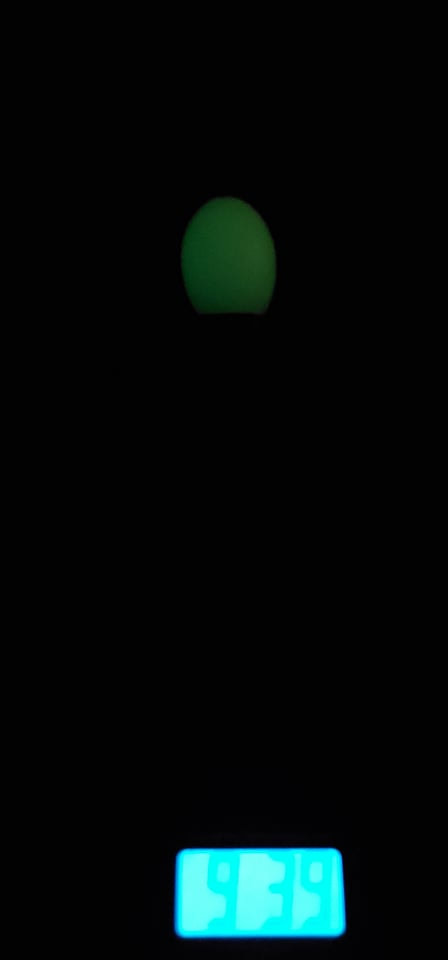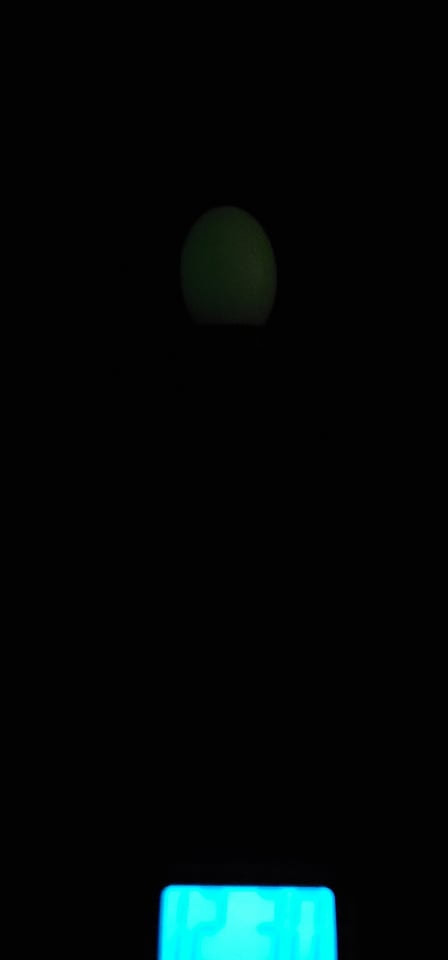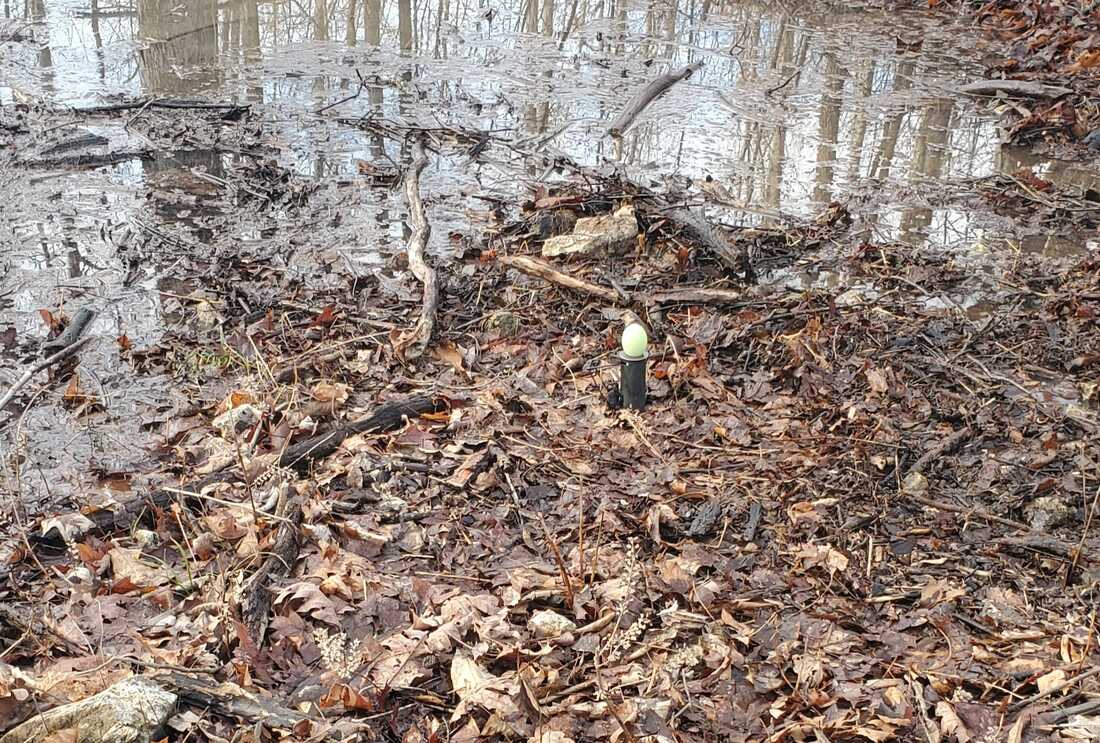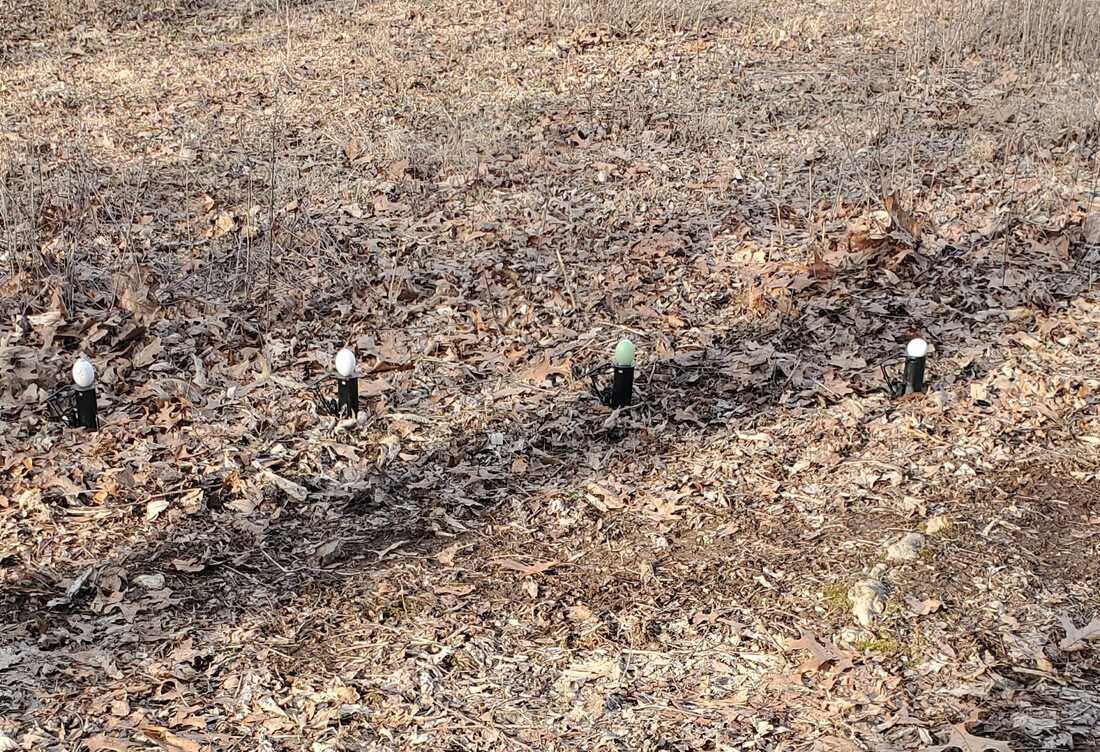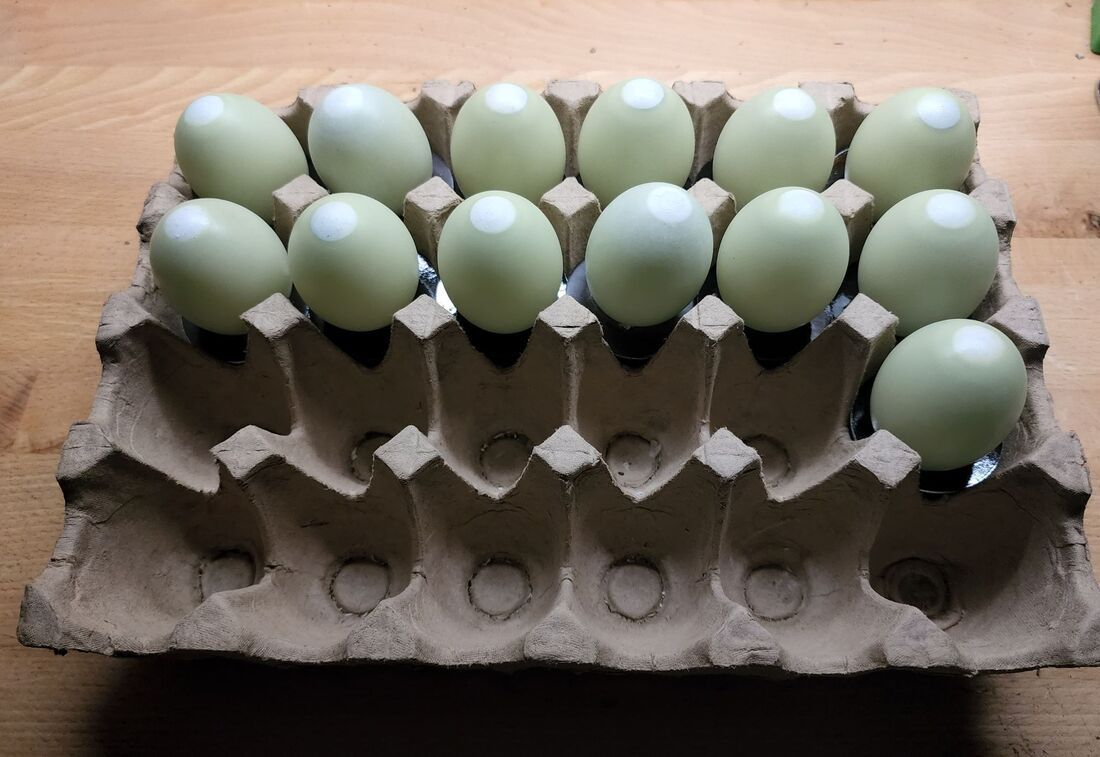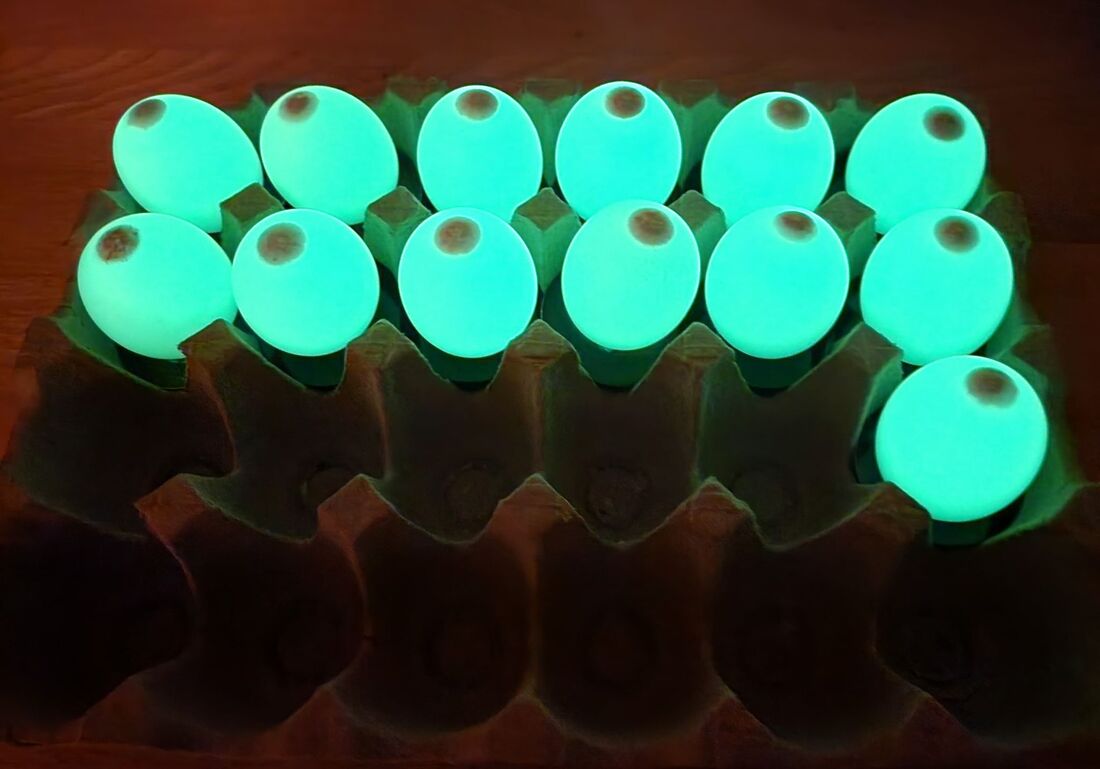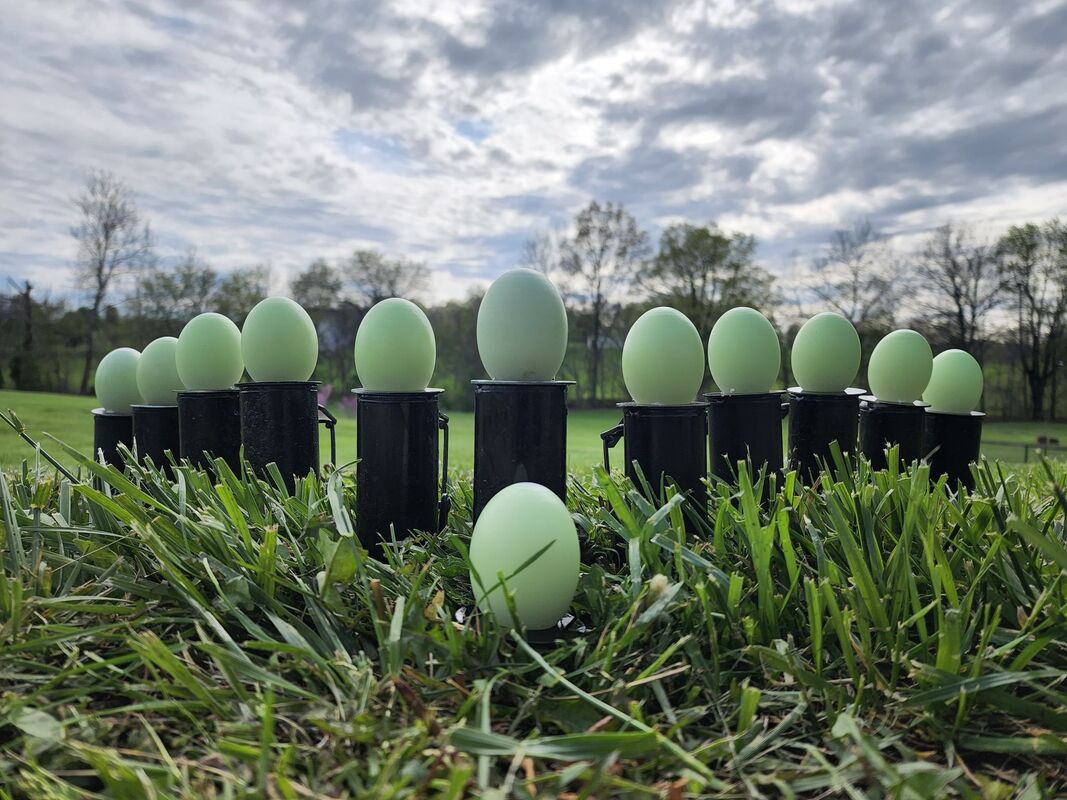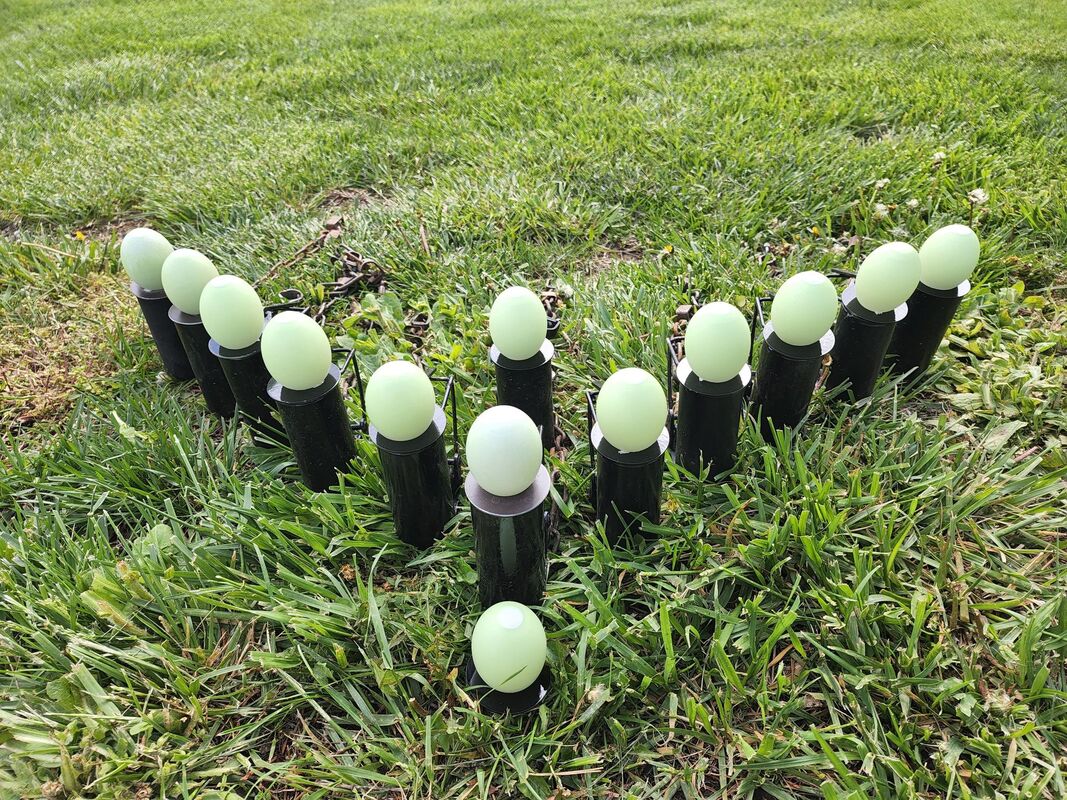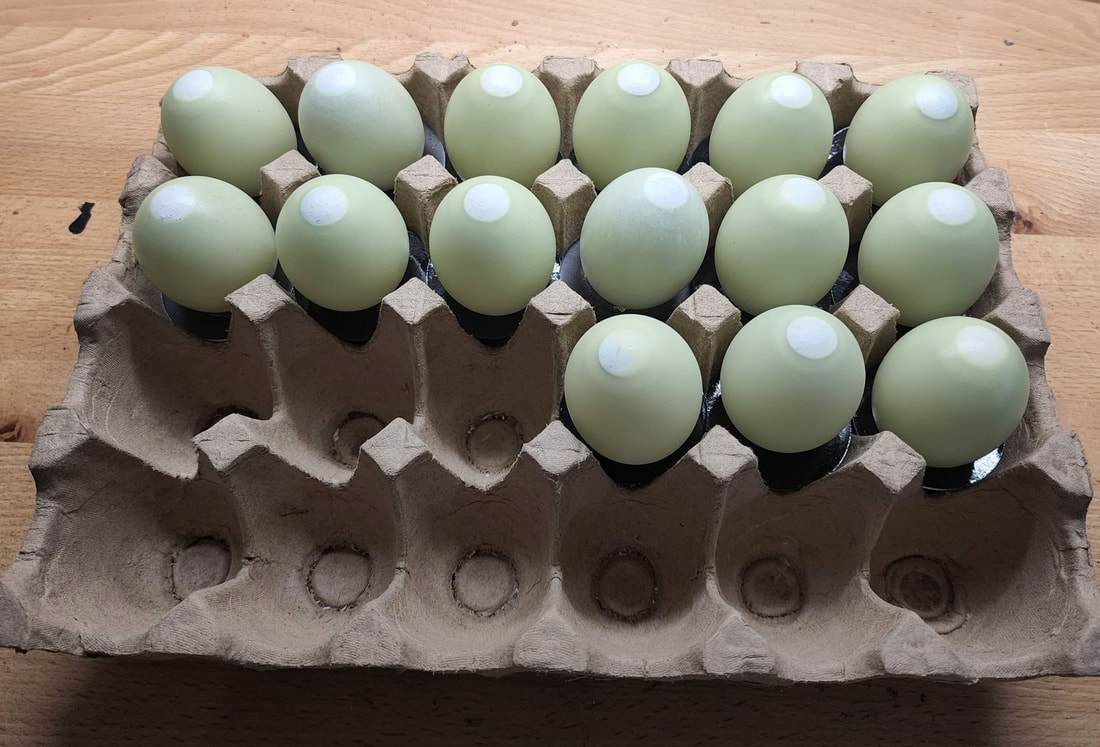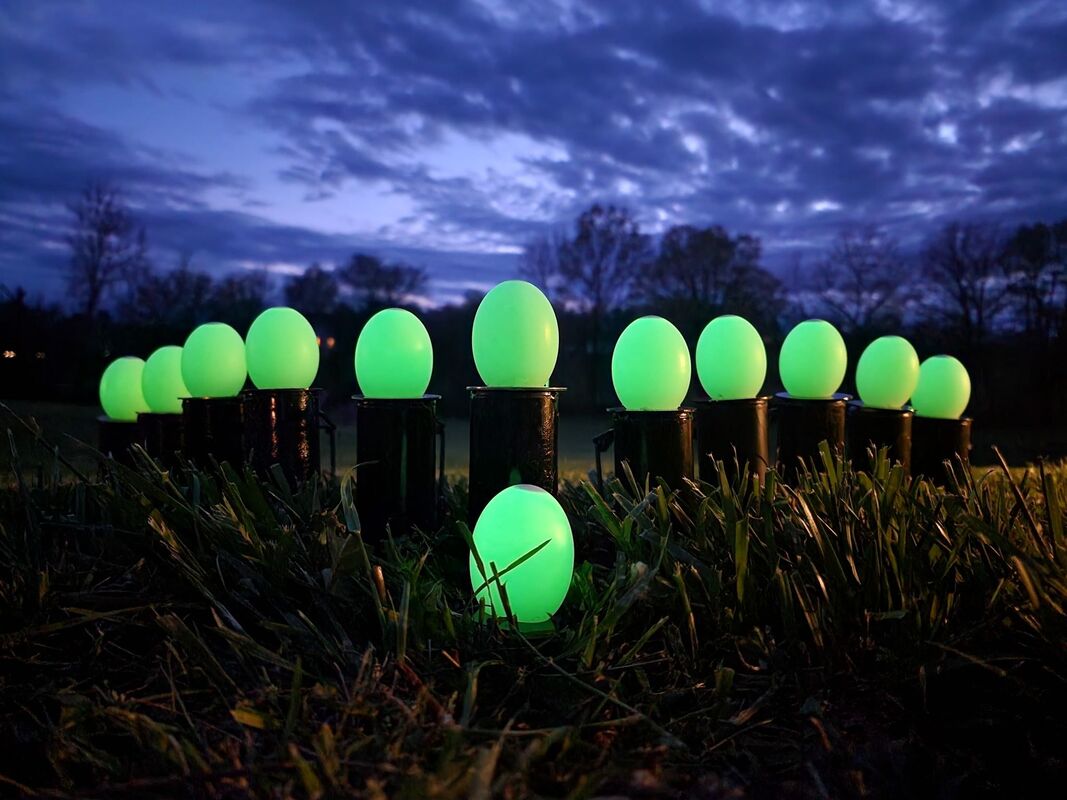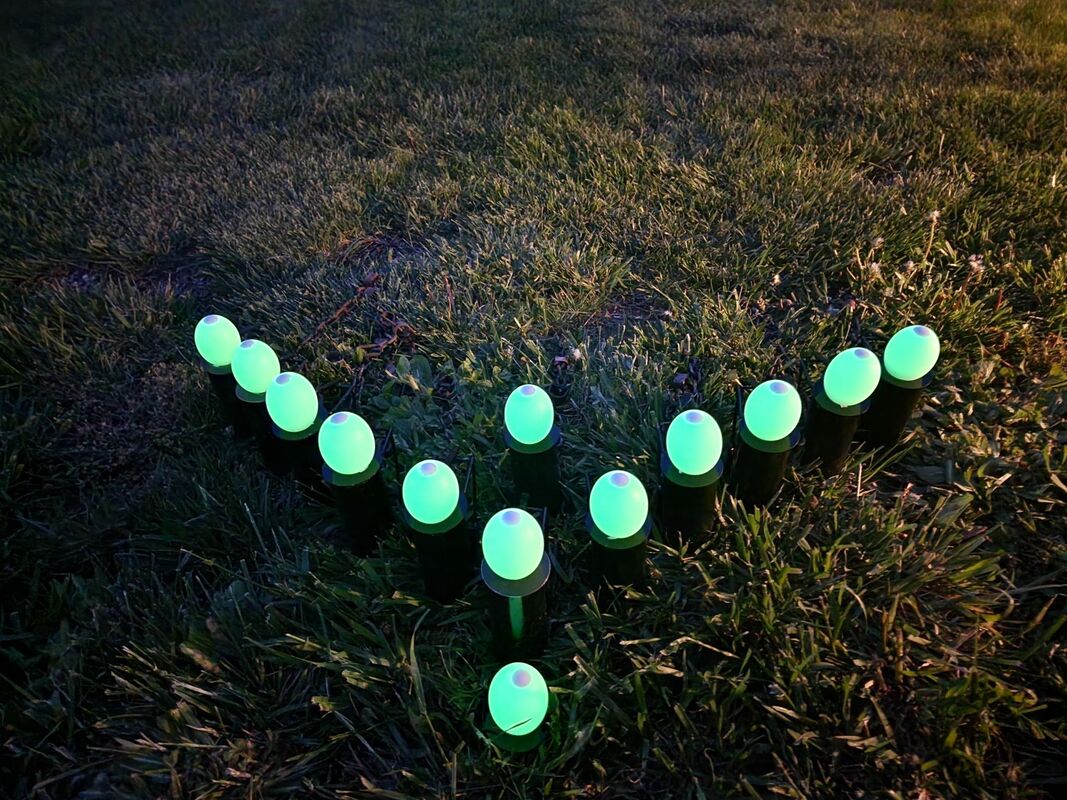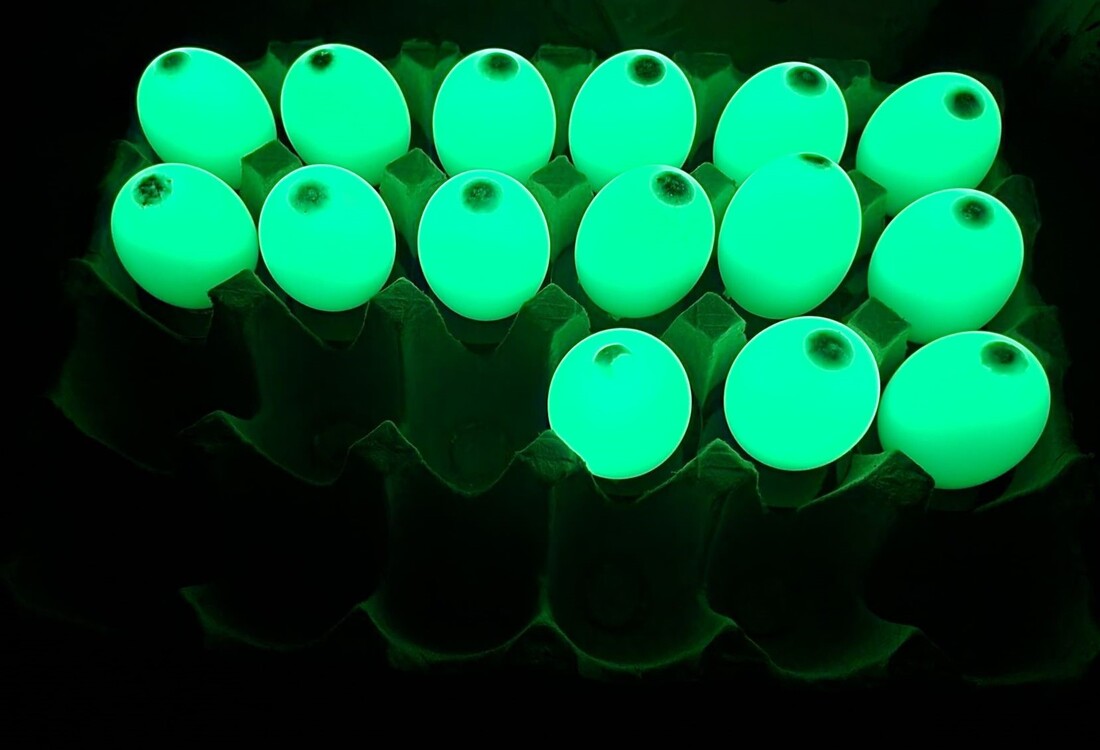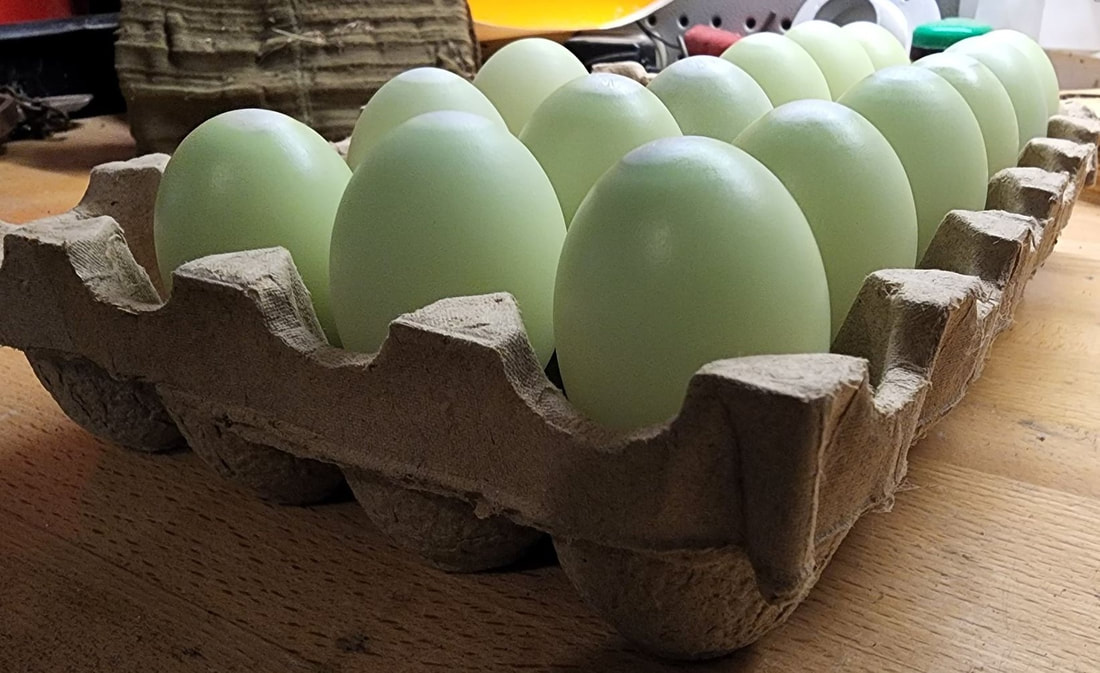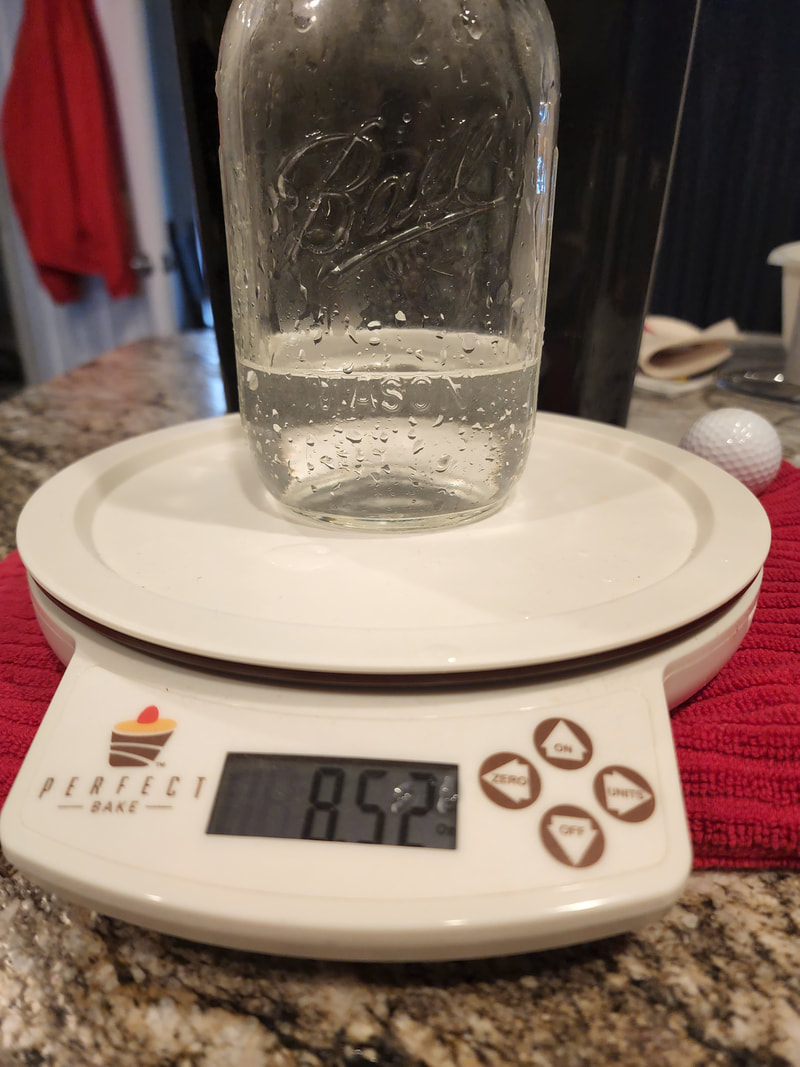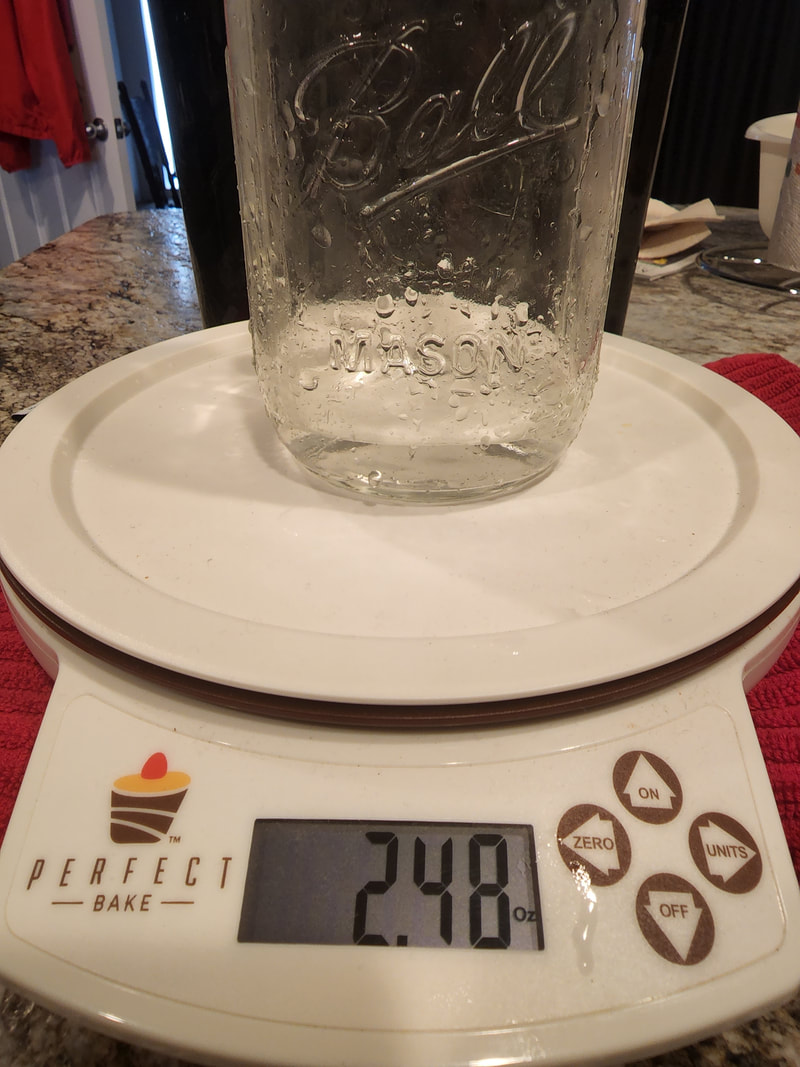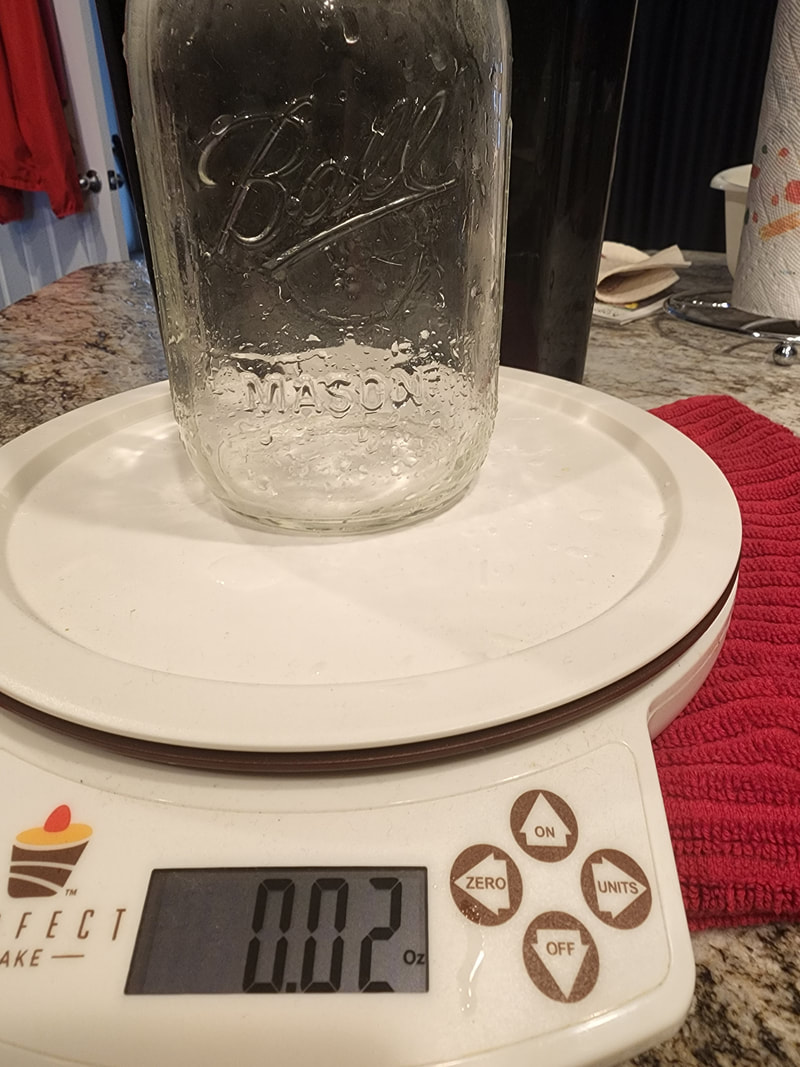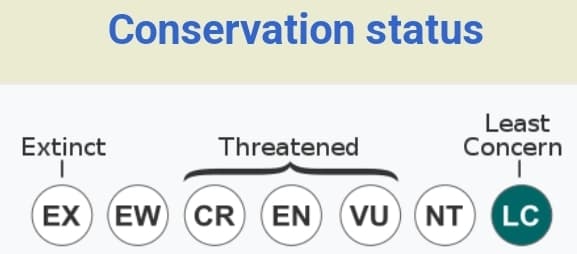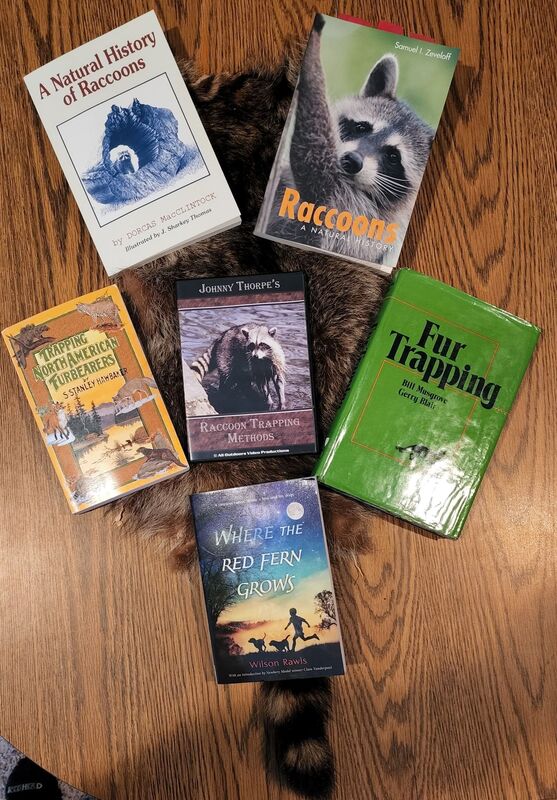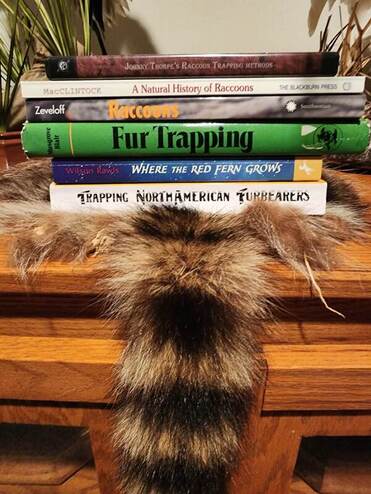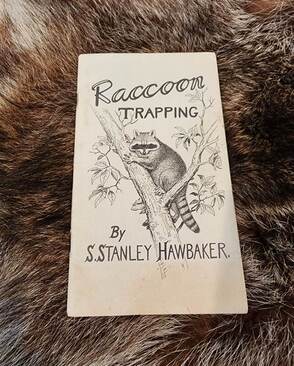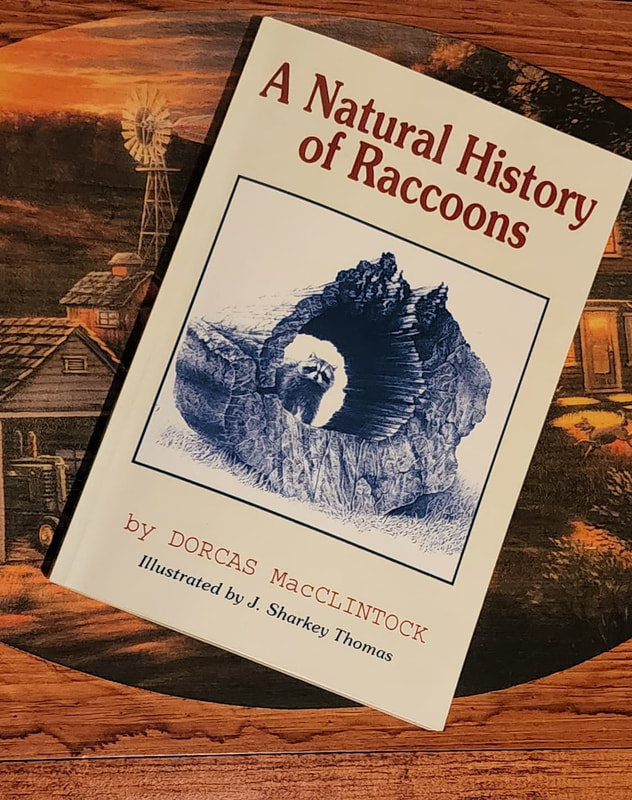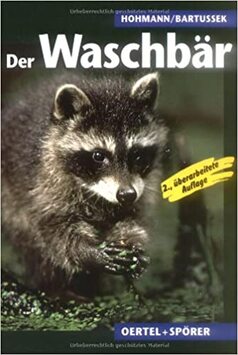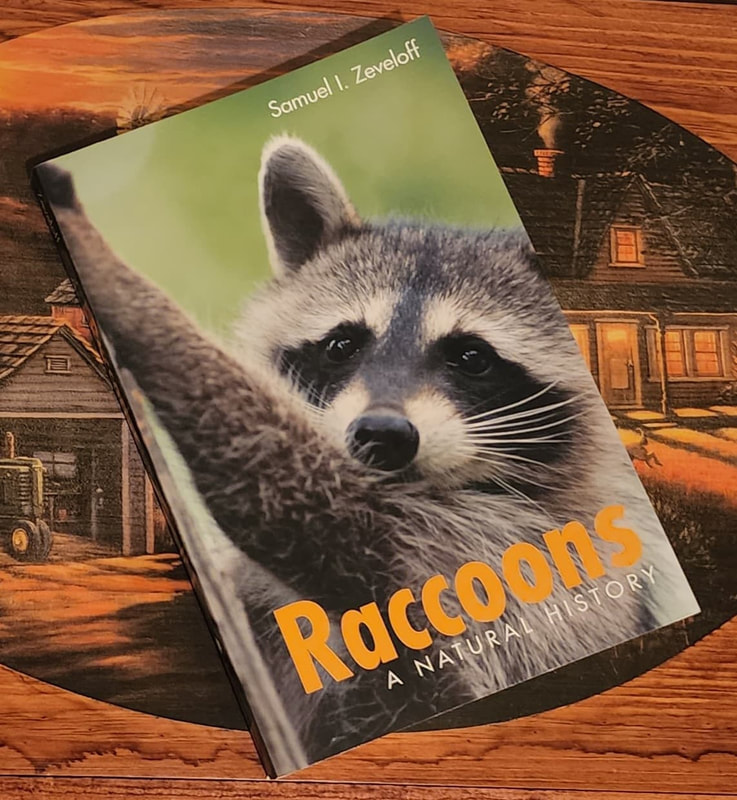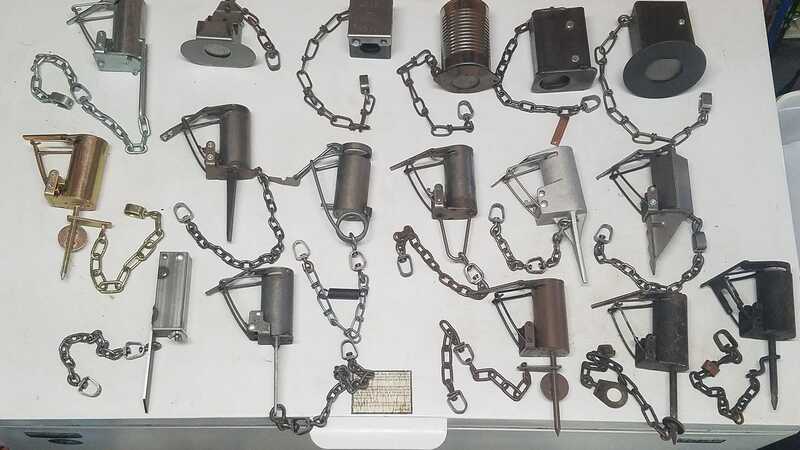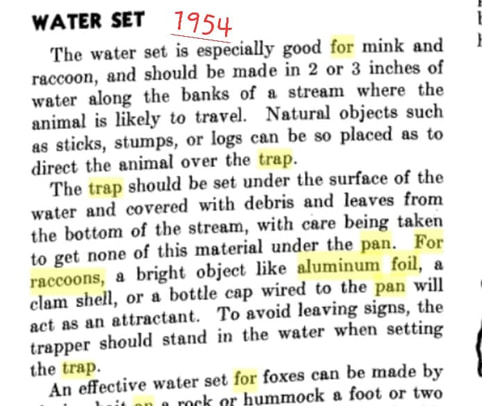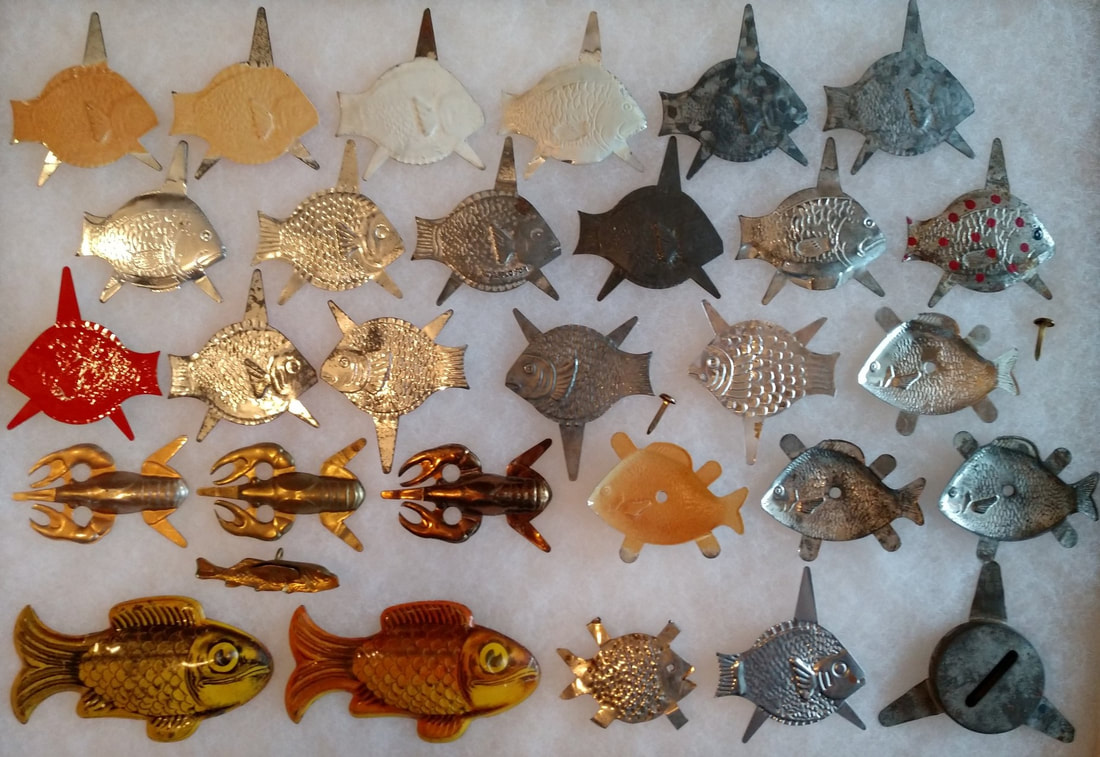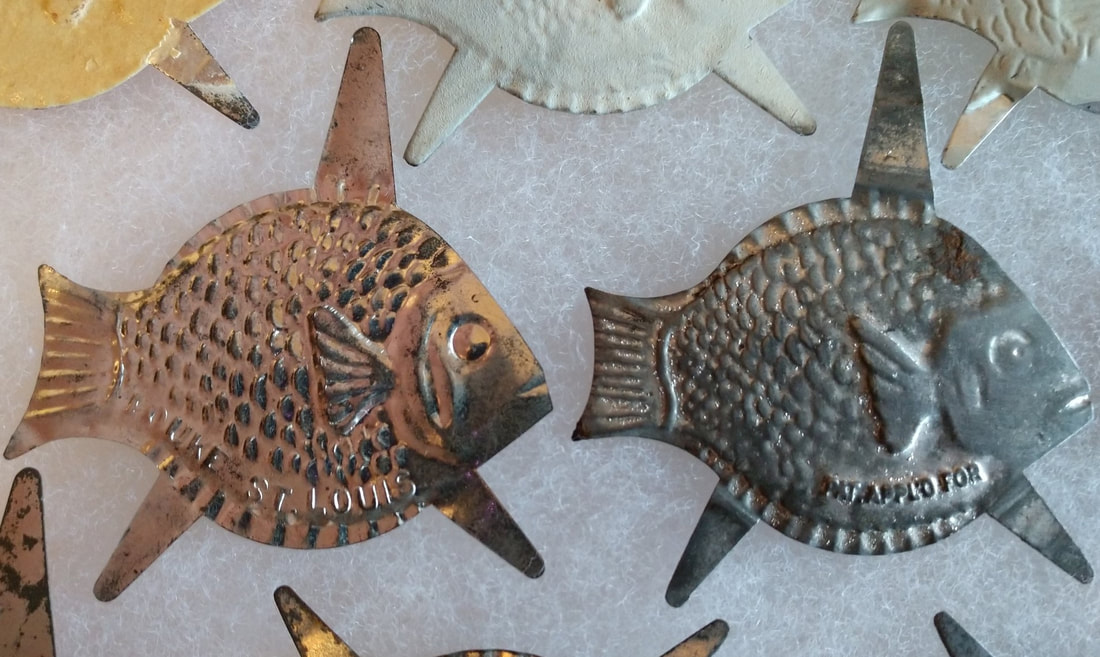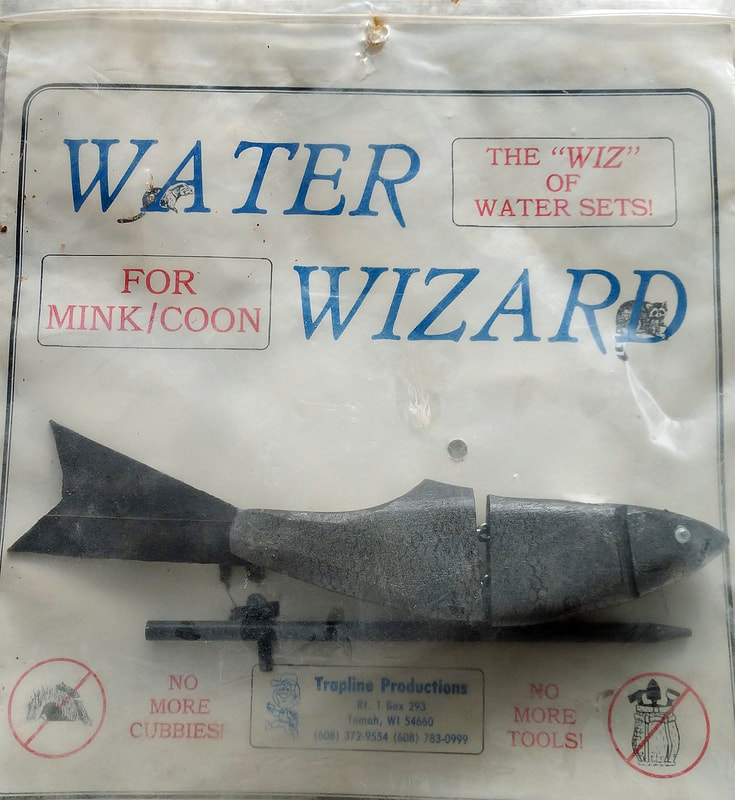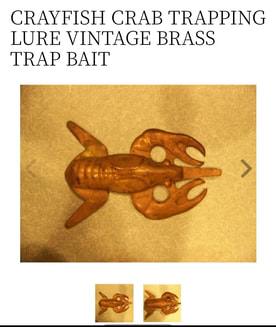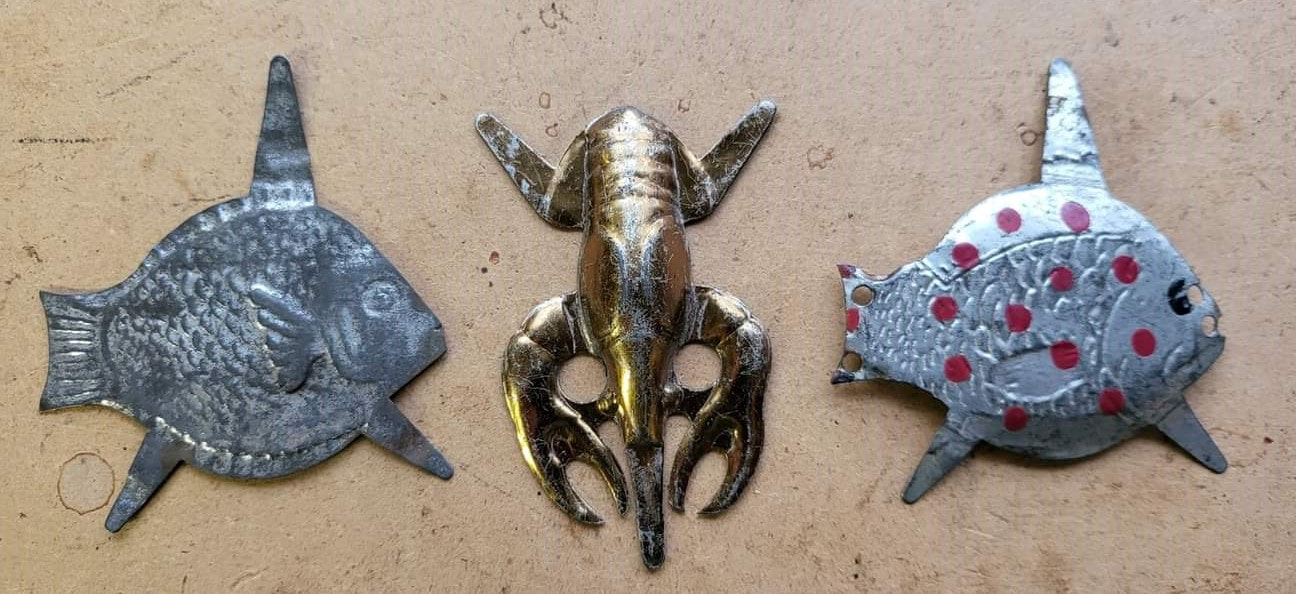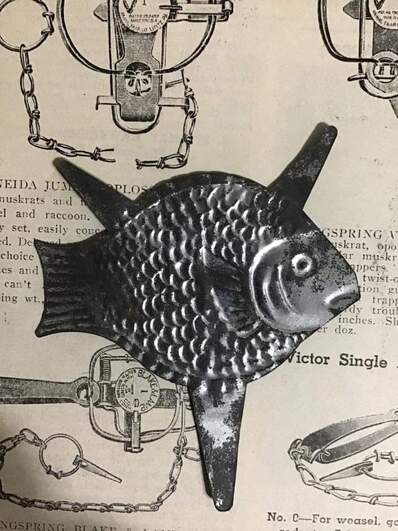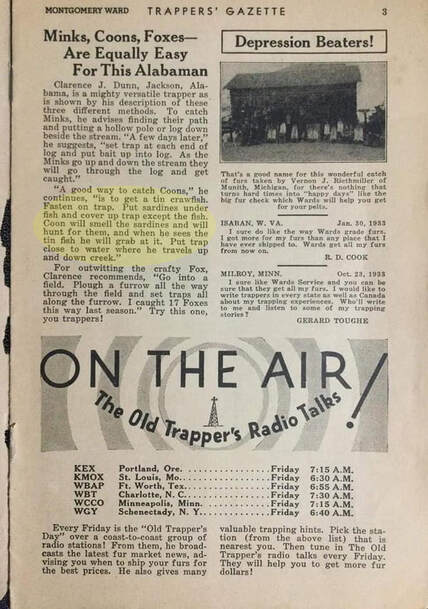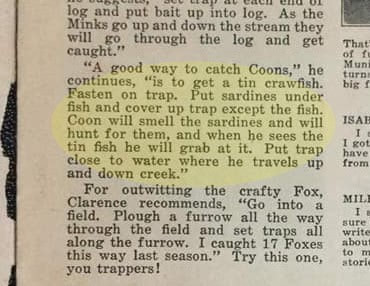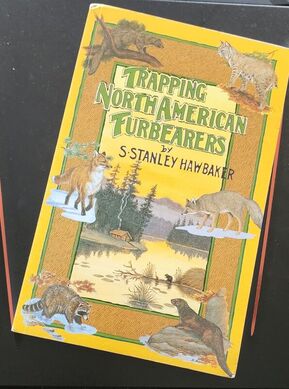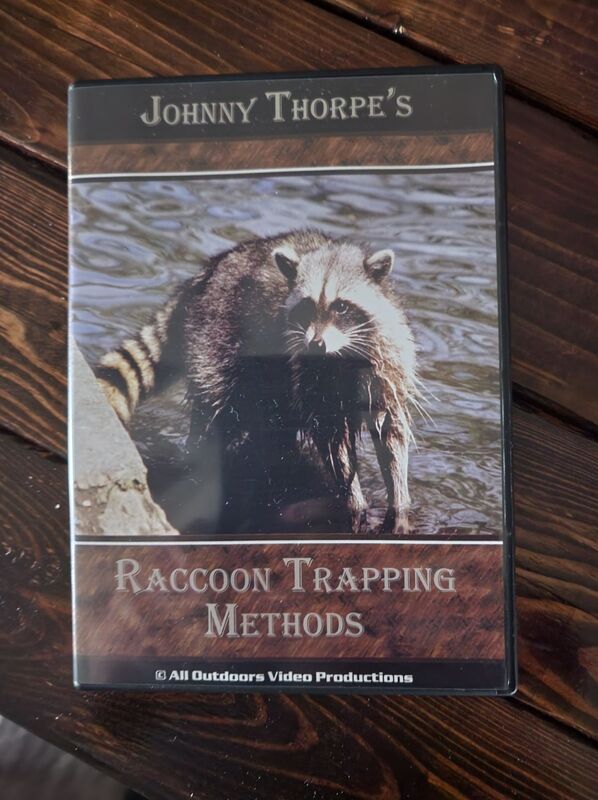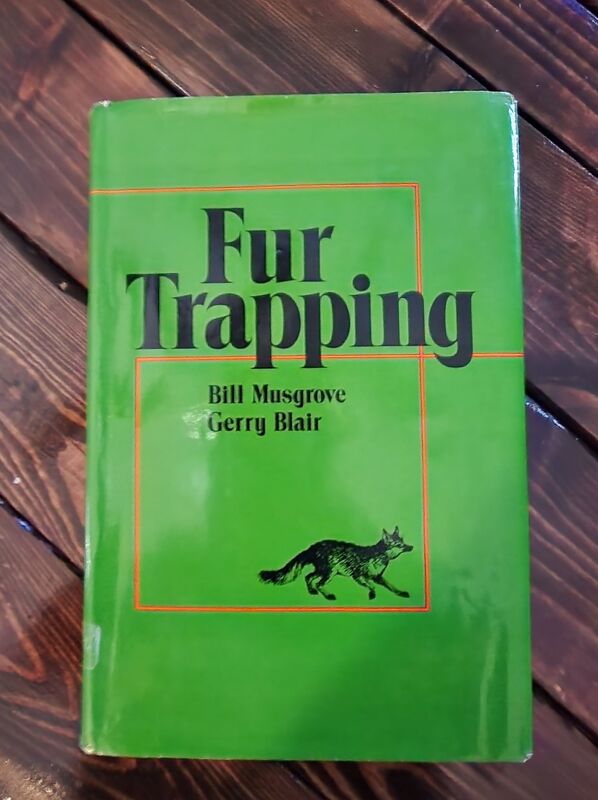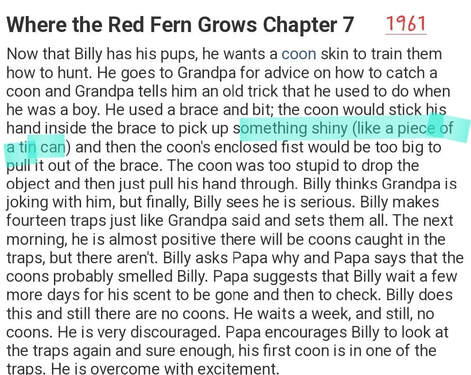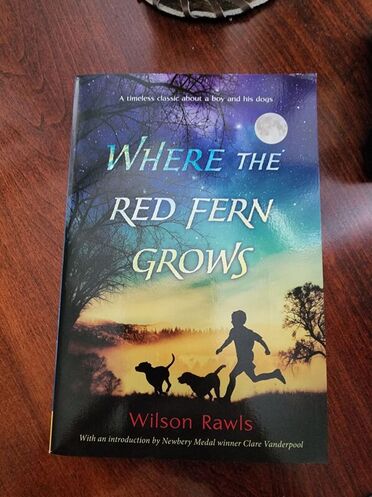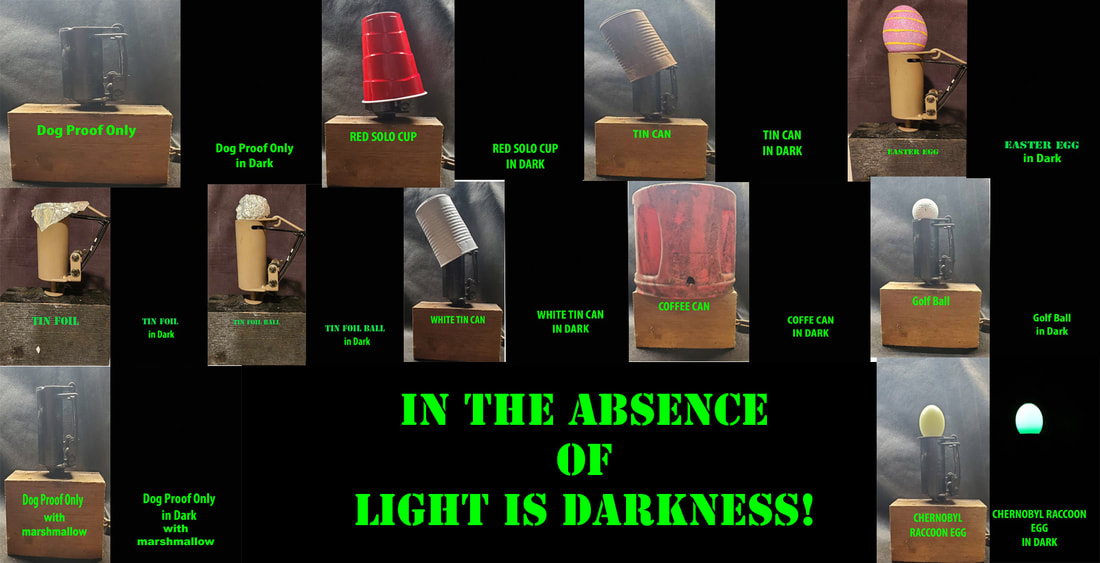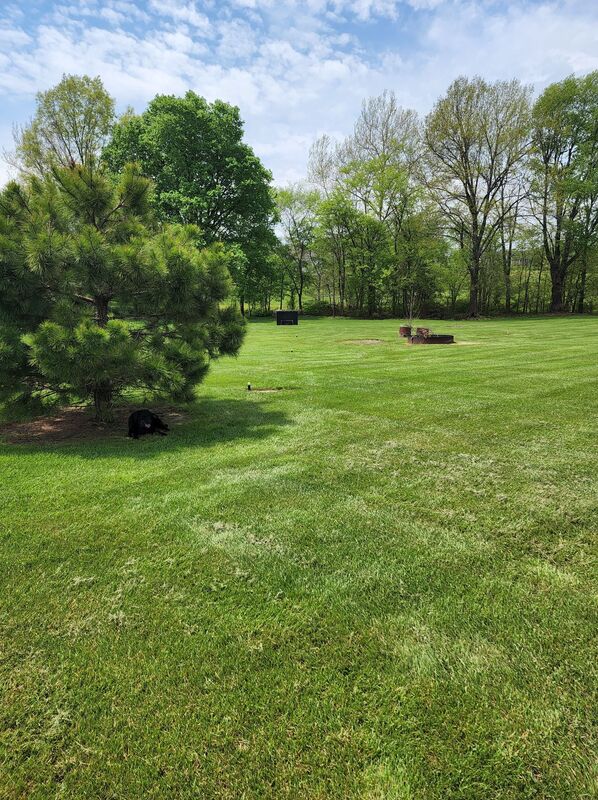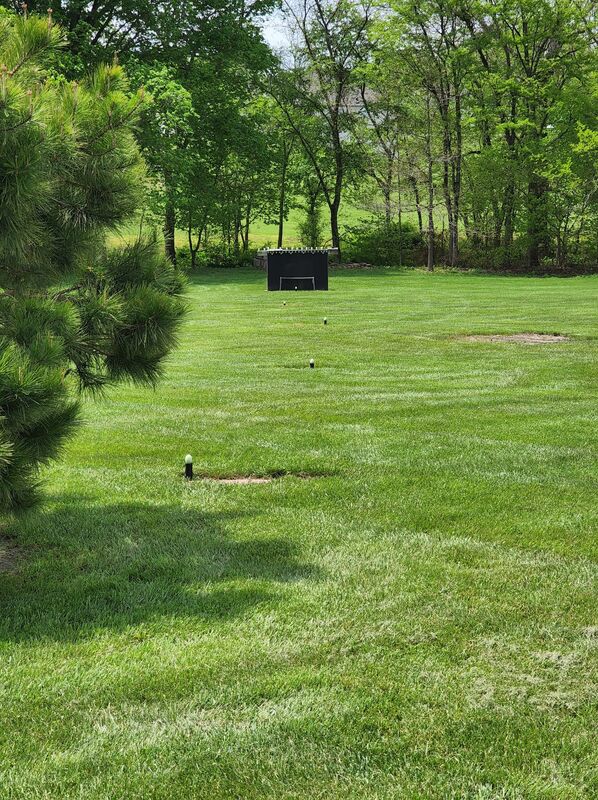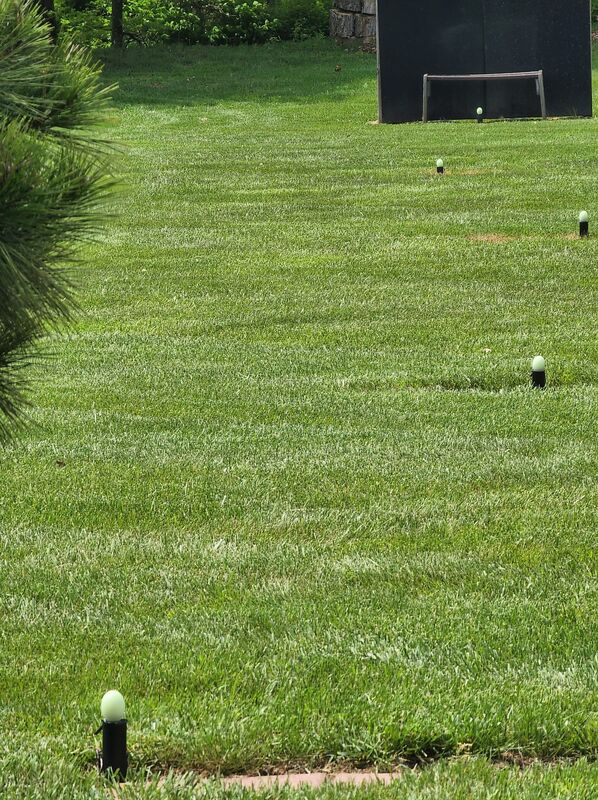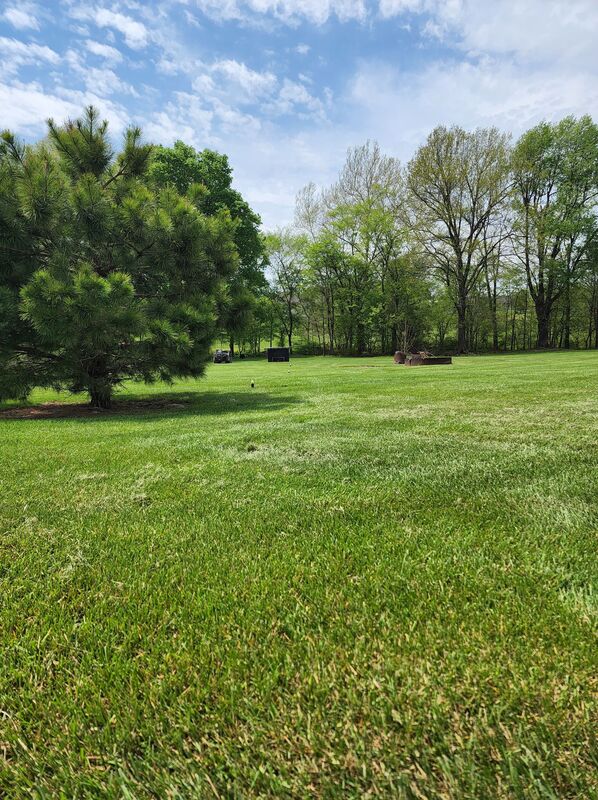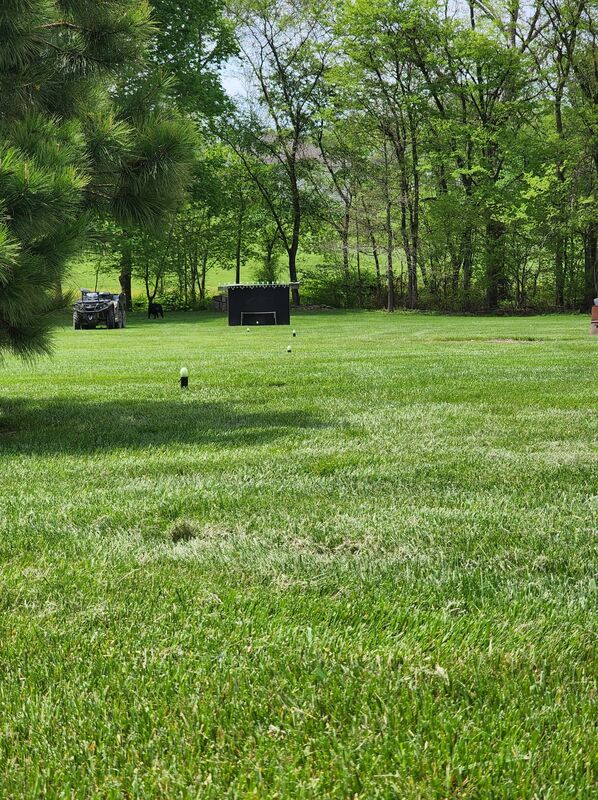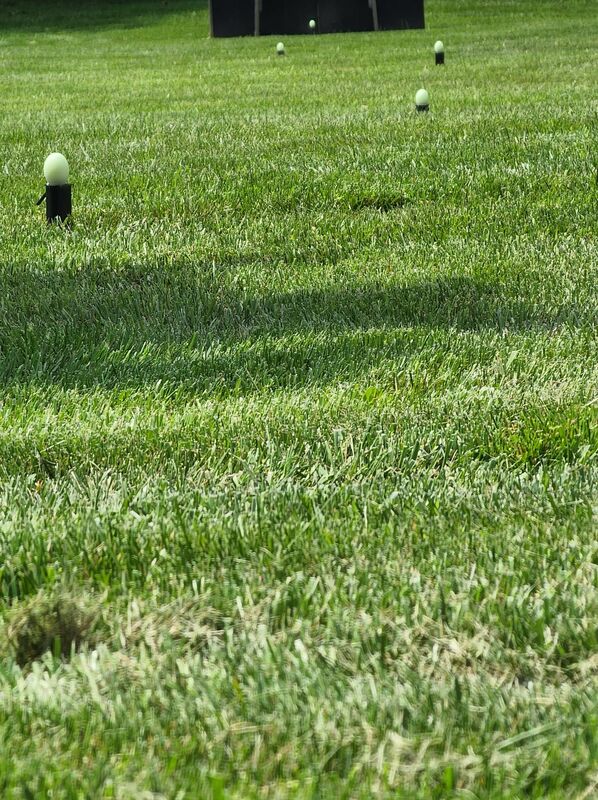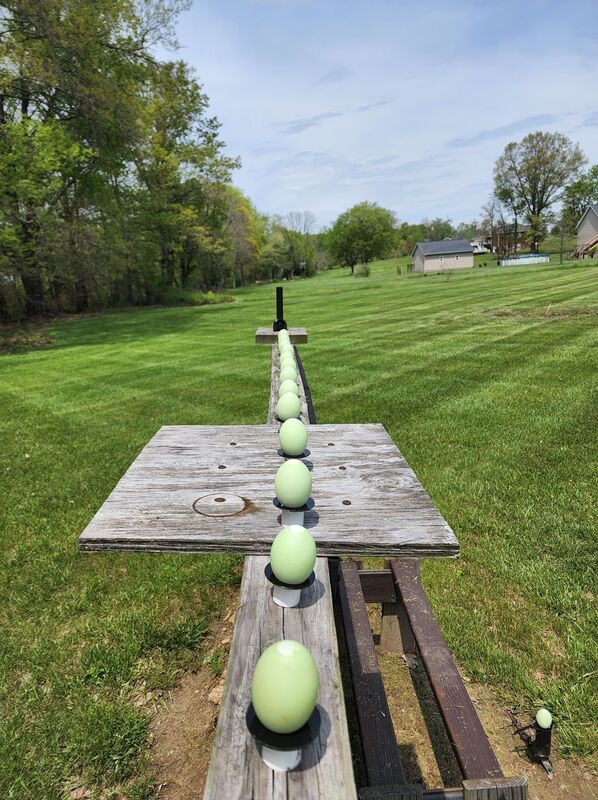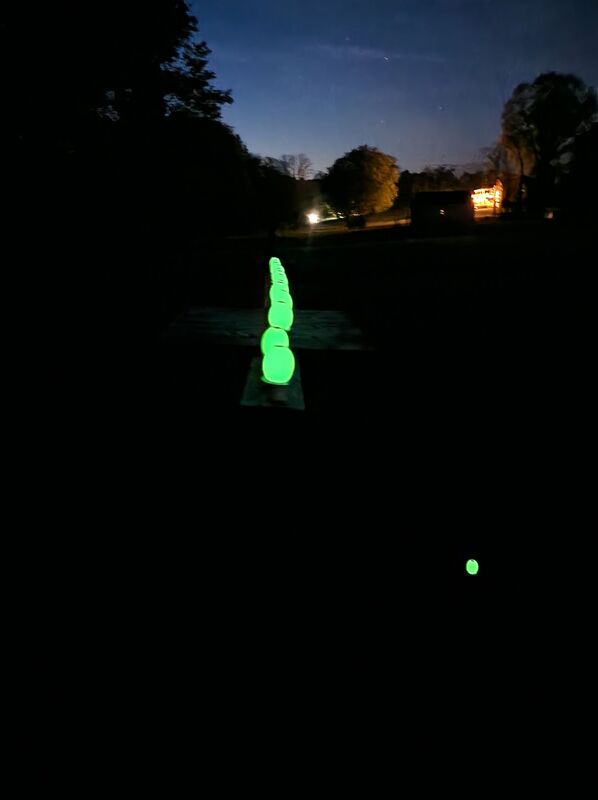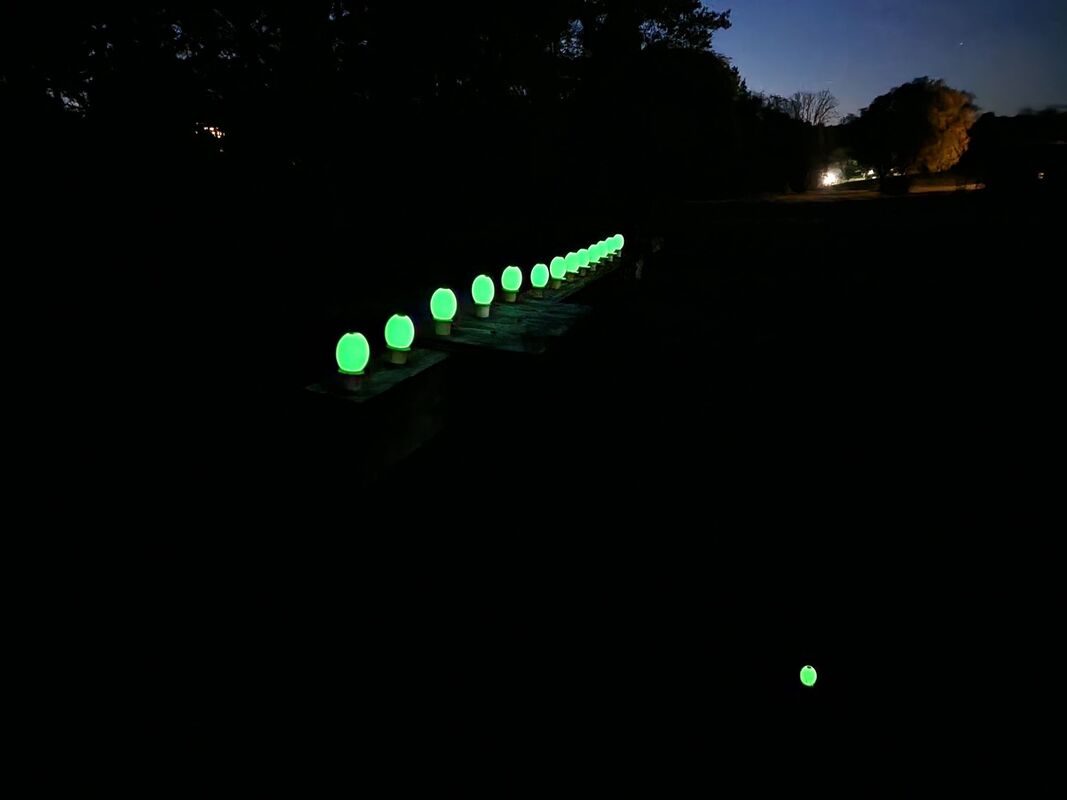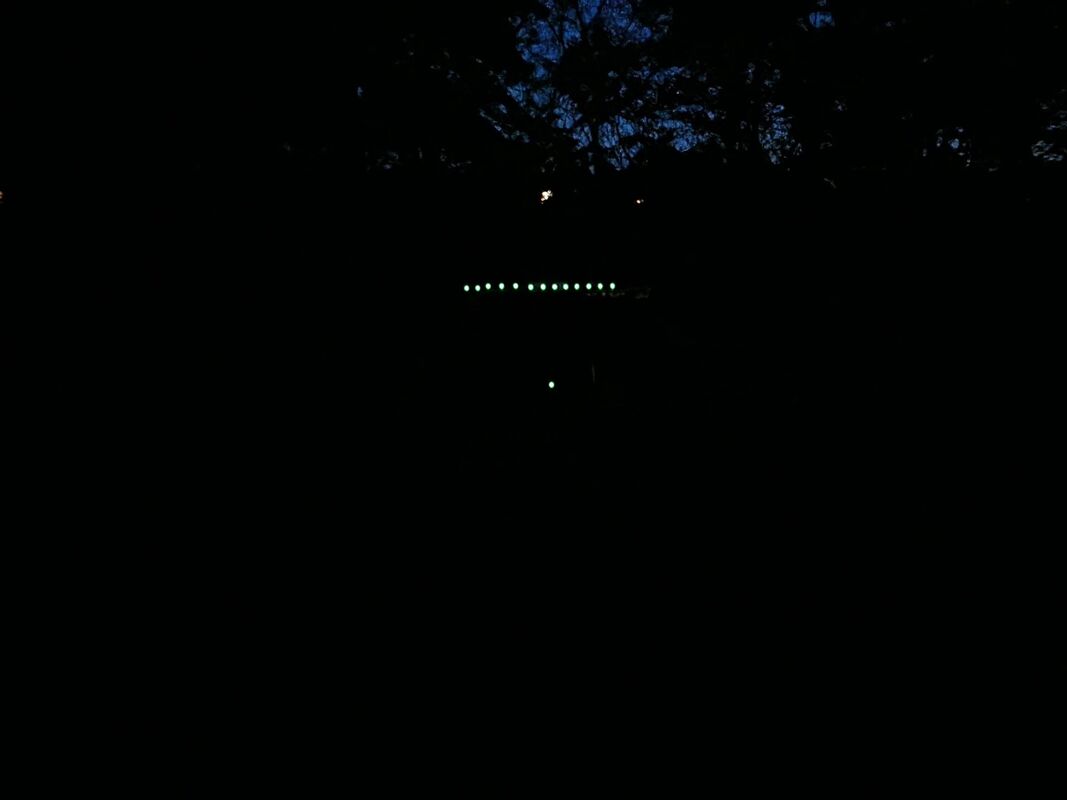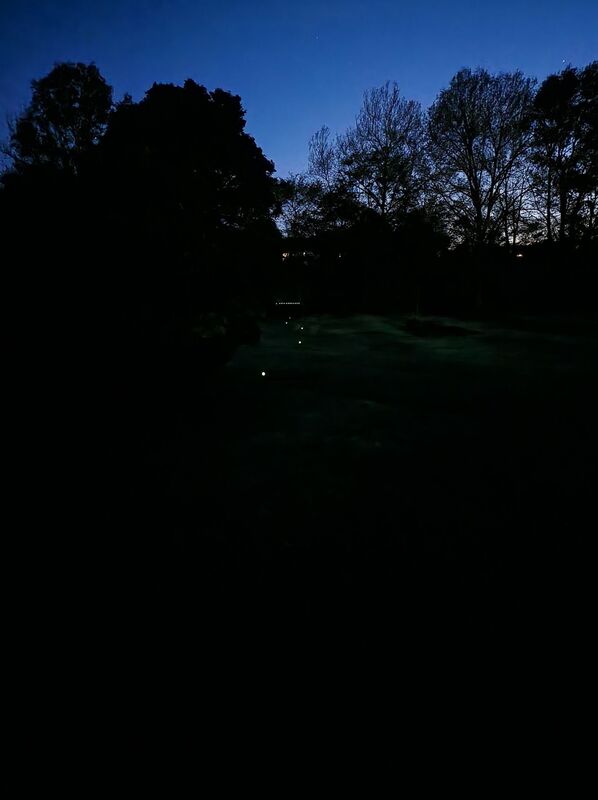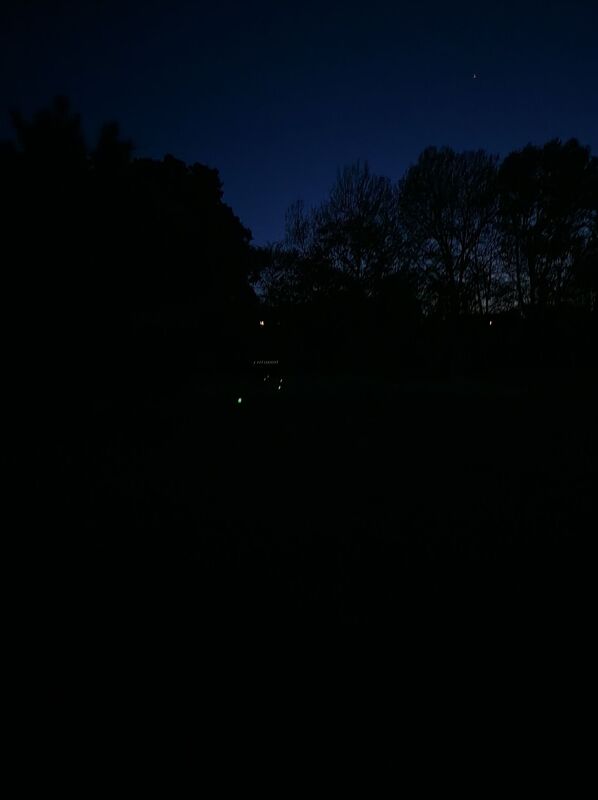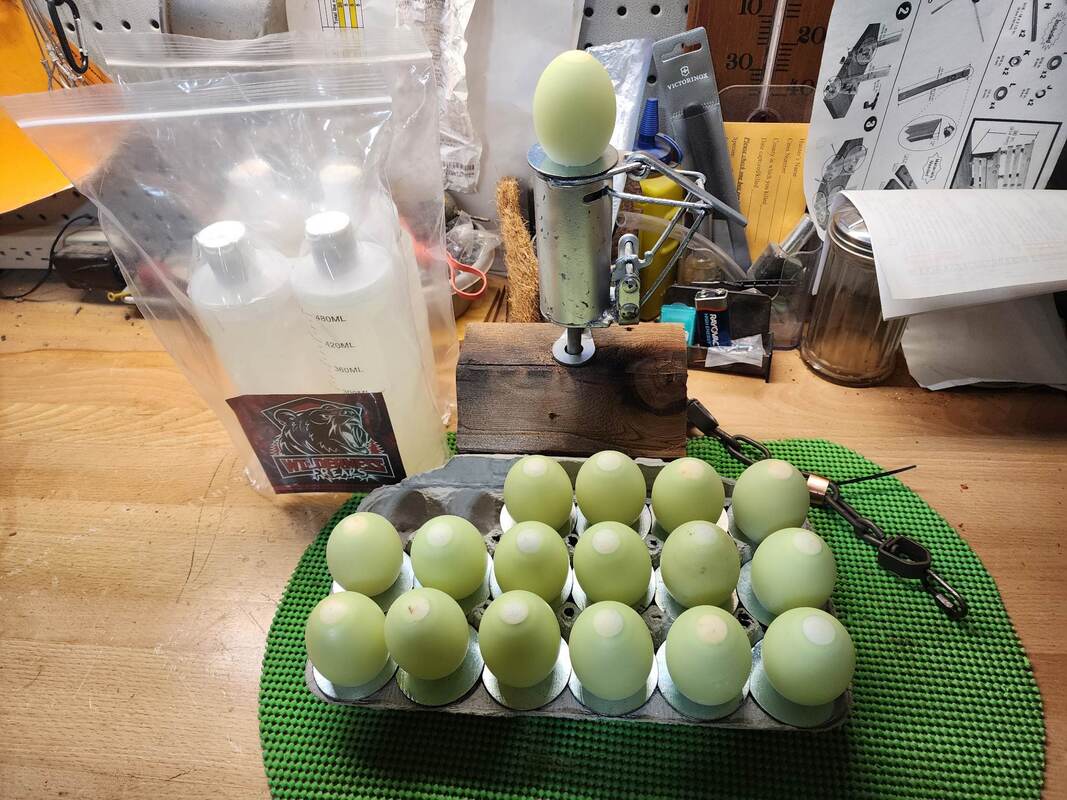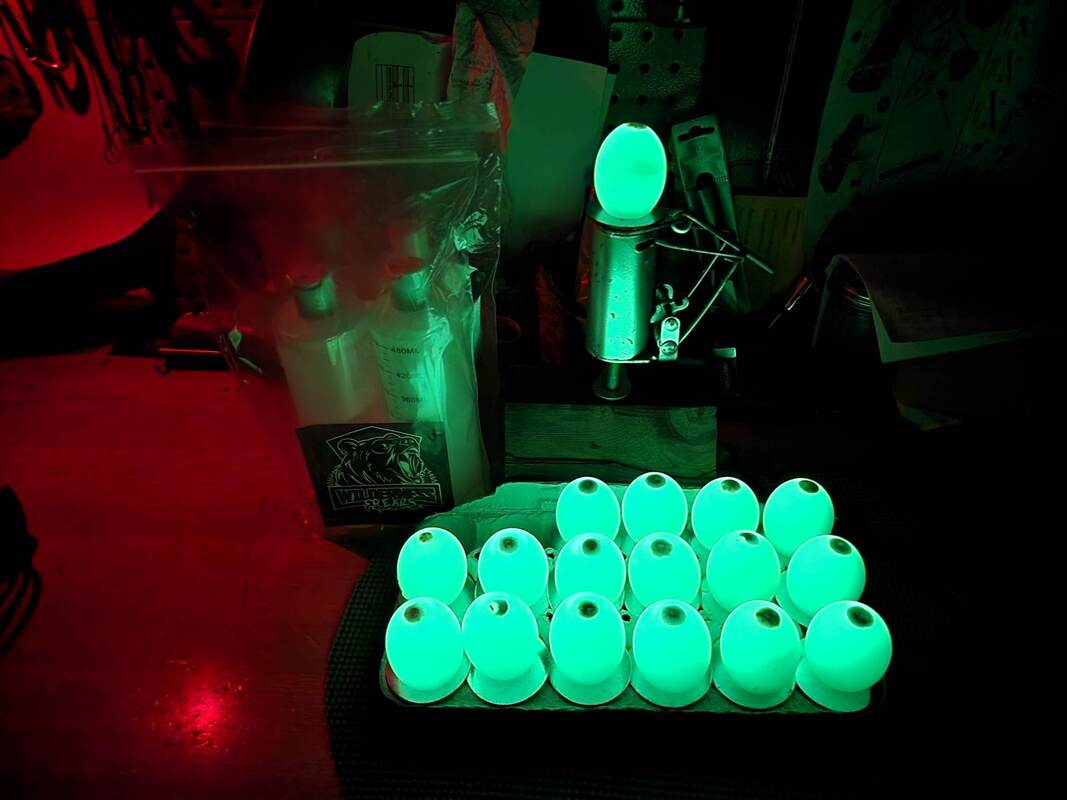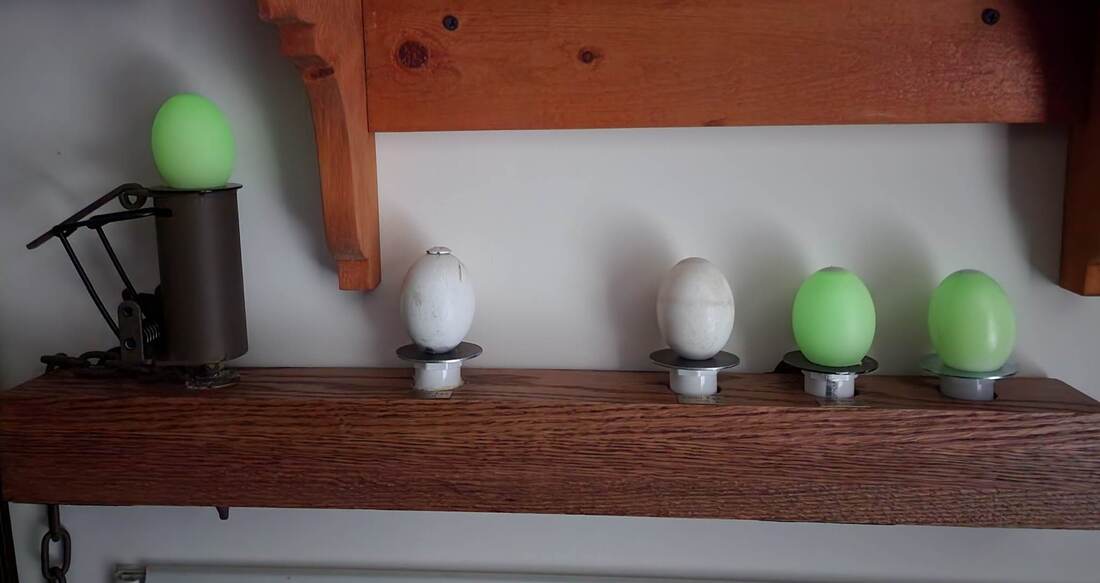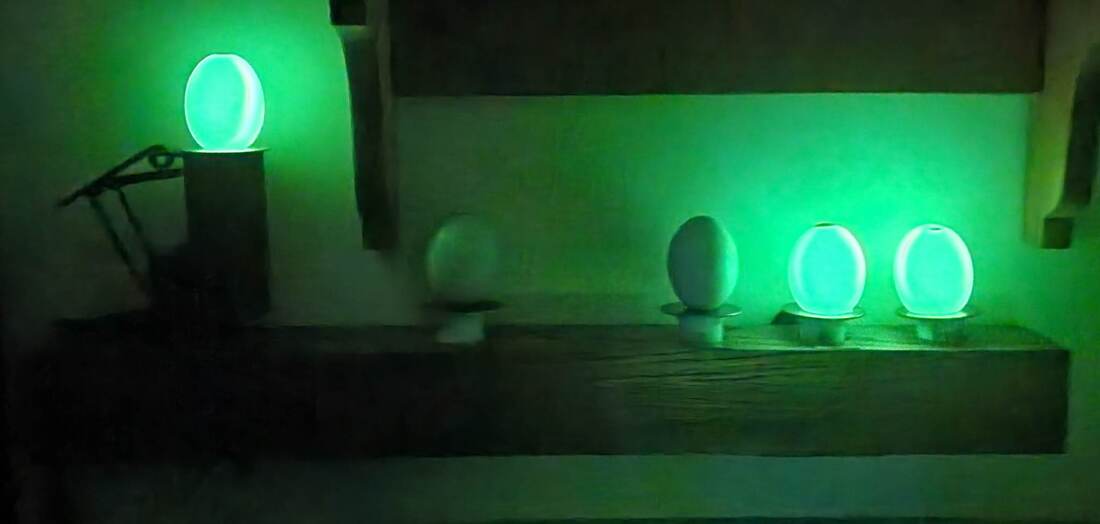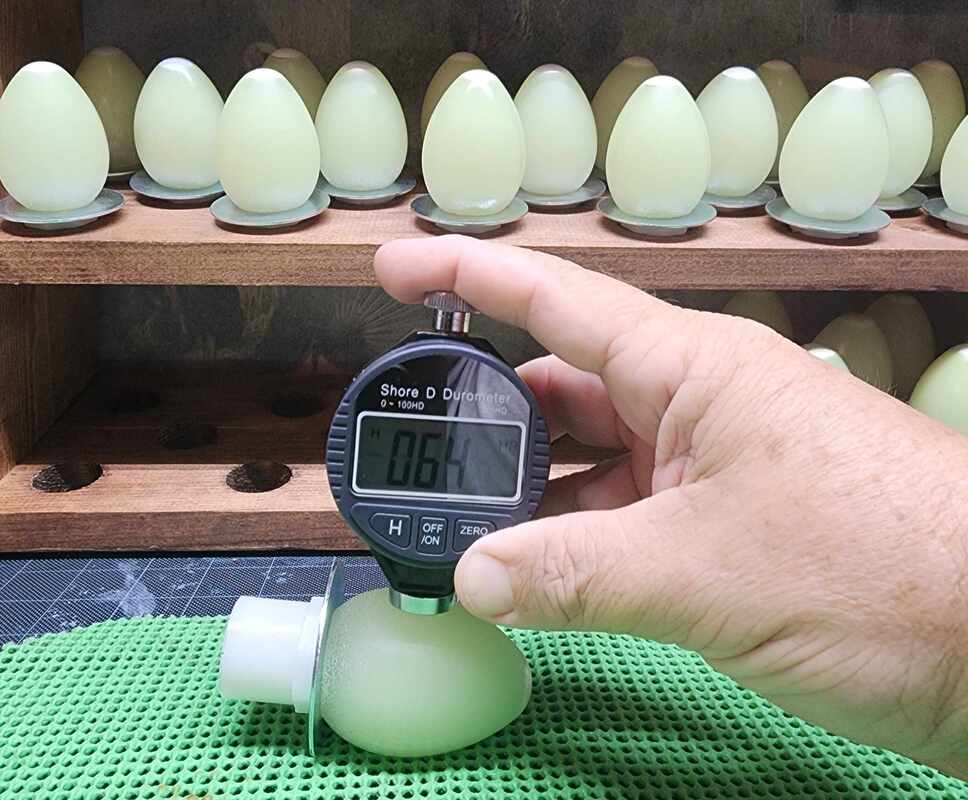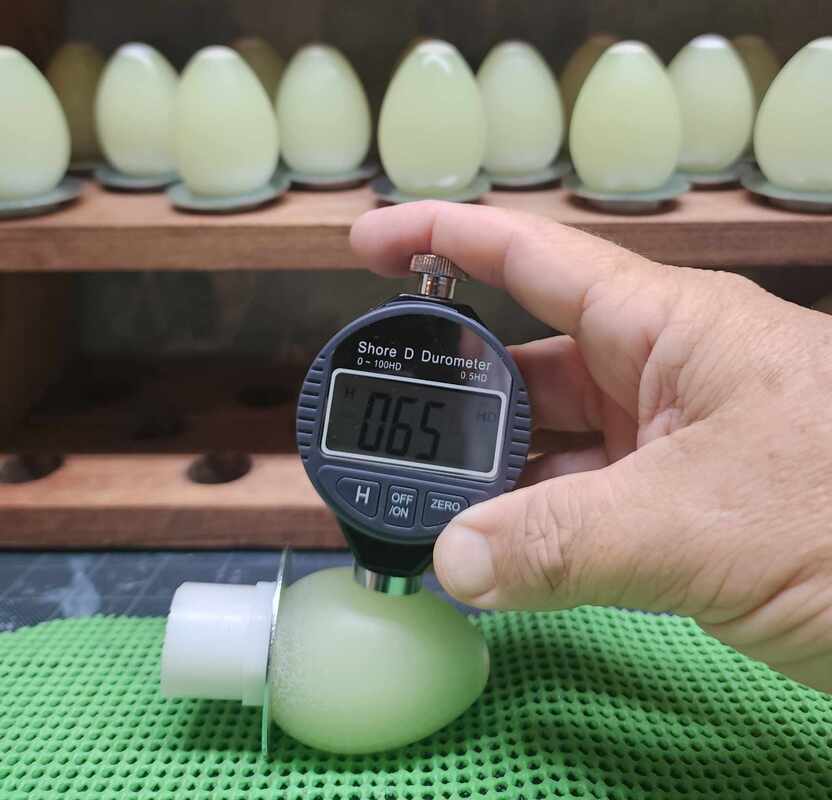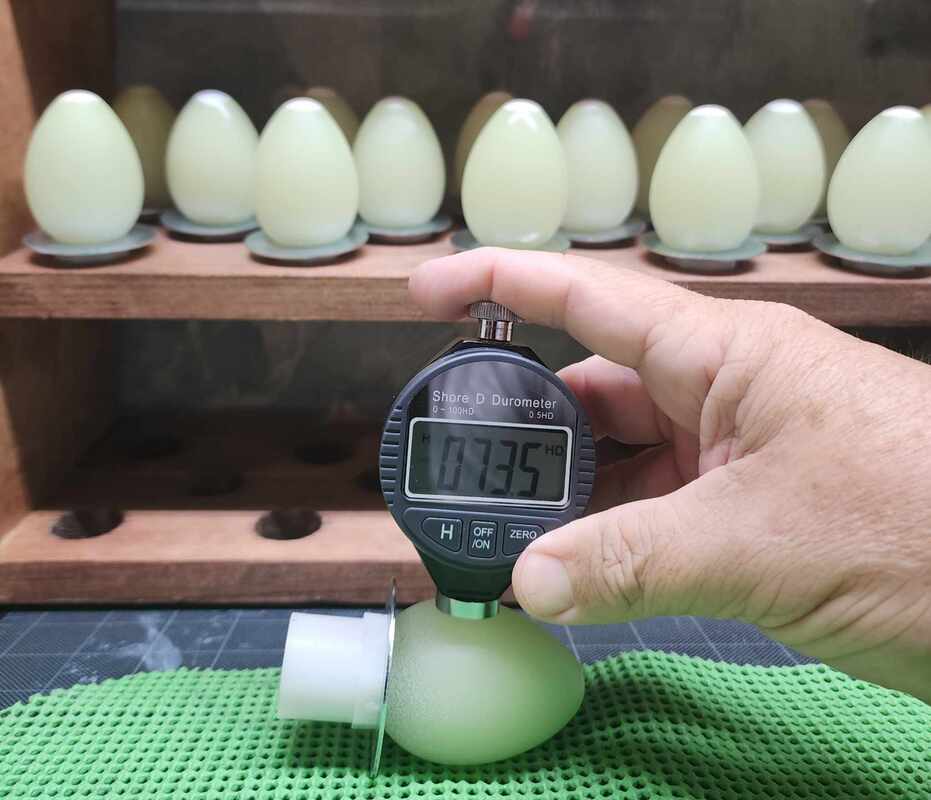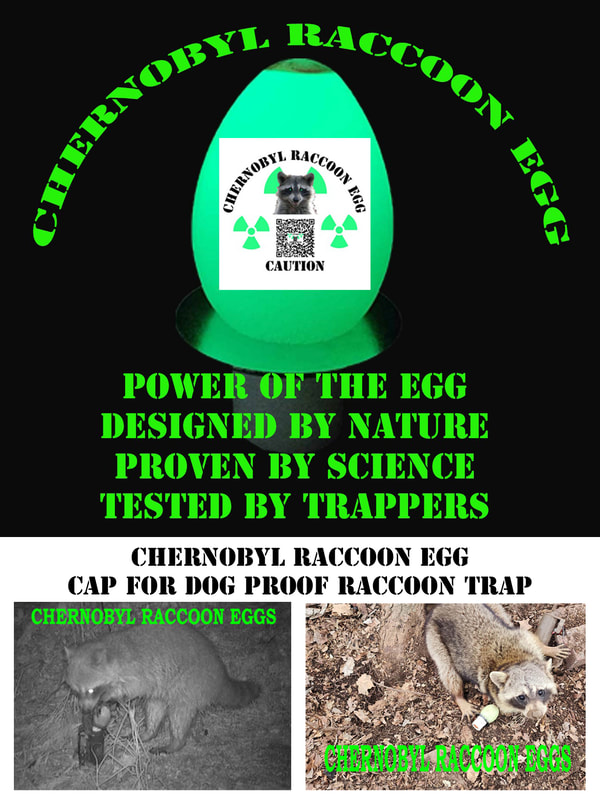Like North American Wildlife & Habitat on Facebook
Order the book on Amazon - http://a.co/hu15aBd
POWER OF THE EGG
The No. 1 Nest Predator - Research going back to 1948 by biologist across the nation, has the same results.
Raccoon is always the answer.
So why not use an the POWER of the EGG.
173 years and counting of Raccoons desire for Eggs.
1851 - John James Audubon - The quadrupeds of North America.
The Raccoon - It is fond of eggs, and devours them raw avidity, and if it finds a nest will feast on them morning, noon and night without being satiated.
Being an expert climber, the Raccoon ascends trees with facility and frequently invades the nest of the woodpecker, although it may be secure against ordinary thieves, by means of his fore-feet getting hold of the eggs or the young birds. He watches too the soft-shelled turtle when she is about to deposit her eggs, for which purpose she leaves the water and crawling on to the white sand-bar, digs a hole and places them underneath the heated surface. Quickly does the rogue dig up the elastic ova, although ever so carefully covered, and appropriate them to his own use, notwithstanding the efforts of the luckless turtle to conceal them.
94 years and counting of Raccoons desire for Eggs.
1930 - Aldo Leopold – Game Management
Chapter: Predator Control
Stoddard believes that when a raccoon or skunk finds, by accident, a series of quail nests, he develops the ability to find more, and becomes a habitual egg-eater, provided he find nests often enough to reward his efforts.
While the predator develops increasing skill, the prey probably does not develop increasing resistance.
Using the 2024 Biologist NEW definition.
This would be called scavenger, and NOT predation because the hen was not killed.
WHAT IS YOUR DEFINITION?
The Biologist "Believes" that Raccoons, Opossum and Skunks are too small to take on hen and they are nest scavengers and not nest predators.
Do you think the hen cares what category this is called. She lost the nest to a 12 lb raccoon.
Footage by: @Bauer.Outdoors
The Biologist "Believes" that Raccoons, Opossum and Skunks are too small to take on hen and they are nest scavengers and not nest predators.
The Opossum in video is a NEST PREDATOR!
Opossum attacks sitting hen and grabs hold of her destroying multiple eggs! Night after night attacks and final nail in coffin is the Raccoon. -
Multiple nights – Multiple eggs knocked out of nest, constantly disturbed nesting results, just another nest failed due to predation.
Boots Required videos of Hen Nesting in Wisconsin - https://www.youtube.com/@bootsrequired
1st Video - https://youtu.be/xELivJhZWqk?si=ANoicTzWiLykQxLw
2nd Video - https://youtu.be/H6VgupDKjys?si=my0NfybLbddlW2zK
3rd Video - https://youtu.be/MMryf_gRqqw?si=AKctDgtP8Z9smBLR
76 years of wild turkey research shows that Opossum is in the top 3 of nest predators. Are super scent hunter, no amount of cover will hide a turkey from opossum nose.
76 years and counting of Raccoons desire for Eggs.
76 years and counting of research on Wild Turkeys nothing NEW, it's been the same story, only difference today no fur market and less trappers. You decide!
ALABAMA - 1948
RESULTS OF 107 "DUMMY" WILD TURKEY NESTS – 16 Nest Successful
Raccoon – 31 Nest Destroyed.
Skunks – 23 Nest Destroyed.
Opossum – 15 Nest Destroyed.
Snakes – 9 Nest Destroyed.
Crows – 6 Nest Destroyed.
Foxes – 2 Nest Destroyed.
Unknown – 2 Nest Destroyed.
Cattle – 1 Nest Destroyed.
Wild Hogs – 1 Nest Destroyed.
Dogs – 1 Nest Destroyed.
KENTUCKY - 1980's
Numbers of nests predatorized and percentages for identified nest predators at Land Between the Lakes.
Raccoons, opossums, and skunks were the primary nest predators at the Land Between the Lakes nest predators. TOTAL 107 Nest - 100.0% Destroyed
Raccoon - 52 Nest Destroyed 48.6%
Opossum - 21 Nest Destroyed 19.6%
Striped Skunk - 17 Nest Destroyed 15.9%
Grey Fox - 6 Nest Destroyed 5.6%
Birds - 5 Nest Destroyed 4.6%
Ground Hog - 4 Nest Destroyed 3.7%
Small Rodents - 2 Nest Destroyed 2.0%
FLORIDA- 1980's
TURKEY NESTING SUCCESS OM A FLORIDA STUDY AREA
Nesting success of wild turkeys was measured for 108 nests of radio-tracked hens on a Florida study area during an 8-year period
The turkey had a 59% success rate when predator control was not practiced.
The turkey had a 72% success rate where predator control was being carried out during the nesting season.
ALABAMA - 1980's
Nest Losses – 44.5%
40 cases
Raccoon – NO. 1 Predator
Dogs – No. 2
Opossums
Crows
Snakes
Skunks
Gray Foxes
Bobcats caused destruction of the nests by killing the hens in 3 cases but they did not eat the eggs.
The nest predation rate (Table 2) for all areas combined (119 nests) was 44.5%. Almost all of these nests were discovered after incubation had begun so this is not a complete picture of the impact of predators on turkey nests. No attempt was made to locate the nests until hens exhibited incubating behavior and numerous nests could have been, and probably were, destroyed during the period of egg laying.
Nest predators were identified in 40 cases of nest destruction and in 13 cases evidence was insufficient to identify the predator. The raccoon was the number 1 nest predator and the second most important was free ranging dogs. Opossums, crows, and, snakes, skunks, and gray foxes were also implicated as nest predators.
Bobcats caused destruction of the nests by killing the hens in 3 cases but they did not eat the eggs.
Poult Losses - 74.5% - Summary
One hen and 7 poults were killed by a bobcat 3 days after hatching
On predator control areas a total of 55.1% of the hens (1971-75) was accompanied by poults compared to only 24.4% on non-predator control areas.
Total poult production was much higher on predator control areas than non-predator control areas for the 5 years.
176 hens and 609 poults seen on predator control areas. 5 year average of poult:hen ratio of 3.5 on predator control areas.
156 hens and 169 poults seen non predator control areas. 5 year average of poult:hen ratio 1.1
Missouri 1995
1995 – Missouri
In this study, predation caused, on average, 68% of the hen mortality on the two study areas
In this study, legal harvest accounted for 30% of the adult gobbler mortality, and predation accounted for 51% of the mortality.
Arkansas – 1998
Arkansas – 1998
However, the proximate limitations to successful reproduction in Muddy Creek was not physiological conditions, but instead predation of nest and poults. Given the high predator abundance in the Ouachita Mountains (Thogmatin 1998), habitat management alone is unlikely to solve problem of declining population size of the wild turkeys. The influence of increased hen condition will be most likely to evident in years of low or moderate predator density or in years in which alternate prey density is high.
2015 – Wisconsin
Wisconsin Department of Natural Resources Bureau of Wildlife Management - Ecology of Wild Turkeys in Wisconsin - A Plan for their Management: 2015-2025 - This is a report of the Wisconsin DNR Turkey Advisory Committee
- Predation accounts for the vast majority (>80%) of nest mortality in most studies.
- Poult survival through the first month of life has varied from 11-76% in published studies of eastern wild turkeys and, though annual variation is tied to weather conditions, predation is often the direct source of mortality.
-Hen and Gobbler Survival. Annual survival for both adult and juvenile hens averaged 53%, but varied from 43% to 63% for 224 hens monitored during the study. Survival varied seasonally, with higher mortality occurring during the reproductive period (March-July). Predators accounted for 70% of mortalities for which the mortality agent could be identified, with fox and coyotes responsible for at least 78 of 94 mortalities. Two hens were killed on roosts by great horned owls.
Of 66 radio-marked gobblers monitored, 59% were harvested during the spring hunting season.
Predators, primarily coyotes, accounted for a further 27%.
Production. For hens alive in early April, 98% of adults and 79% of juveniles attempted to nest. However, nest survival was low, with only 14% of nests successfully hatching >1 egg. Over half (55%) of hens that lost their first nest attempted to renest, and in total 22% of hens were successful in hatching eggs in a given year. Of all nests destroyed, 92% were destroyed by mammalian predators. Nests contained an average of 11.2 eggs, with slightly fewer eggs in renests and nests of juvenile hens. Most first nests were initiated from mid- to late April and hatched in late May through June.
2019
Missouri Quail Ecology Project
Raccoon Predator Zone = Raccoons distance from Escape Trees from other predators – Coyote, Bobcats etc. - 43 yards to 83 Yards will roam looking for food.
Many meso-mammal (medium size furbearers) nest predator populations have steadily risen over the past several decades and 60 to 80% of the quail in a given population may die as the result of predation over the course of a year. Furthermore, a recent study in the southeastern U.S. showed a 10% increase in nest success and 43% increase in chicks produced on sites where meso-mammal nest predators were intensively trapped and removed during the quail breeding season.
Missouri 2021- Year 1
Currenly 79.6% nest rate and only 15.4% re-nesting rate, 20.5% of initial nest hatched
FYI nest success was 30+% on average and 40% or even beyond in certain years
About 75% of nests failed due to predation of the actual nest, and 8% failed due to predation of the hen that was incubating the clutch.
2022 - Oklahoma
Work started with 28 hen turkeys fitted with GPS or VHS radio trackers. Predators killed seven during mating season. Of 21 remaining, only nine are documented to have attempted a first nest and all those nests were lost.
Of those hens, seven attempted a second nesting. By the first of June only four nests remained active. Predators took the eggs of one nest, two nests failed due to predators killing the hens and one nest of four eggs saw a successful hatch of three poults.
The day after the poults were fitted with transmitters all three were killed. One died of unknown causes, one was killed by “a mammalian predator,” and one transmitter was found inside a cottonmouth snake. None of the hens attempted a third nest.
2022 – Alabama
ALABAMA RESEARCH UPDATE (YEAR 1) - Turkeys For Tomorrow
TFT’s preliminary results of this study are as follows:
A total of 20 hens were monitored during spring/summer 2022.
18/20 hens survived (90%).
15 hens (75%) attempted to nest. All hens in the study were adults at time of capture.
2 hens (10%) successfully hatched at least one poult. All other nests failed.
Brood survival was 0% (none of the hatched poults lived).
2022 IOWA RESEARCH UPDATE (YEAR 2) Turkeys for Tomorrow.
2022 IOWA RESEARCH UPDATE (YEAR 2) Turkeys for Tomorrow.
Dan Kaminski, a wildlife biologist with the Iowa DNR, has been marking hens and poults with GPS or VHF/radio transmitters since 2021. This has enabled Dan to evaluate population demographic parameters related to hen and poult survival, cause-specific mortality, and nesting rates.
A portion of Dan’s research is listed below and gives a glimpse into the challenges the wild turkey is facing in Iowa. These results are only for one year and so additional years of data are needed to understand how these numbers fit into the greater picture of turkey reproduction in Iowa.
- A total of 73 hens were marked last winter.
- As of early August, 27 hens have died for a mortality rate of 38%.
- Of 63 hens available to nest starting on May 1, only 7 nests hatched successfully (i.e., hatched at least one egg; 11% hen success rate).
- Of 33 hens marked with GPS transmitters, 7 hens did not incubate a nest, 17 incubated 1 nest, 8 incubated 2 nests, and 1 incubated 3 nests.
- Most of the nest failure was due to predation, however, one nest failed due to hay mowing and one failed due to abandonment by the hen
- The median day of nest failure was 8 days, and a preliminary nest survival model indicates 50% of nests failed by day 10 of incubation.
- Of the 7 nests that successfully hatched, the average clutch size was 9.9 eggs per nest and the average number of eggs hatched was 7.7 eggs per nest.
- Of the 54 eggs that hatched, 18 poults were observed during poult captures conducted within 1-3 days post-hatch and a total of 12 poults were marked with VHF/radio transmitters.
During 4-week flush counts for 6 of the 7 hens that hatched a nest, a total of 4 poults remained alive.
2022 TENNESEE RESEARCH UPDATE - Turkeys for Tomorrow.
Turkeys For Tomorrow is helping restore turkey populations in Tennessee by contributing funding to an ongoing research project in Spring 2023.
Dr. Craig Harper and Dr. David Buehler, both with University of Tennessee, have led a comprehensive study of wild turkey ecology and management in five counties of south-middle Tennessee for the past six years. Their preliminary findings are both striking and encouraging.
In brief, findings indicate low nest success and poult survival as a result of predation is limiting the population, and a two-week delay applied to the hunting season’s opening has not impacted any aspect of reproductive success.
By helping fund an additional year of study, Turkeys For Tomorrow will help Harper, Buehler, and their team collect another year of data that will include reproductive success, survival, habitat use, and a predator index, all of which will help provide managers and agencies with information needed to make key decisions related to the impact of predators and season-date decisions on public and private lands
2022 MISSOURI WILD TURKEY RESEARCH - Year 2
Currenly 85.12% nest rate and only 18.4% re-nesting rate, 20% of initial nest hatched
FYI nest success was 30+% on average and 40% or even beyond in certain years
2022 - 72.5% of nest failed due to nest predation of the actual nest, and 12.5% failed due to predation of the hen that was incubating the clutch.
Michael Chamberlain - 2023
Terrell Distinguished Professor of Wildlife Ecology and Management at University of Georgia
Predation is the primary cause of death for hens, nests, and poults. Using data from >1000 nests across the south, we’ve seen that nest success (% that hatch) hovers around 21% on average annually – most nests are taken by predators. Of the 21% that hatch, ~ 35% of them produce at least 1 poult that survives the first month. So, <10% of nests produce a poult that lives to be a month old – producing poults is a challenge!
Martin Labs Research will Tall Timbers dealing with quail.
Properties WITHOUT trapping have more predators. Properties WITH trapping have less predators.
Really the landscape is statured with Predator now and probably more so than it was 30 years ago. Especially without question for hawks and surely especially for raccoons and opossums.
Predator Index – 40 plus sites over years.
0.000 would mean no bait stations visited by predators
1.000 would mean all bait stations visited by predators.
Red Sites no trapping - higher predator numbers.
Blue Site with trapping - lower predator numbers.
Martin Game Lab and Tall Timbers
has the most informative, truth telling videos on predators that I have ever seen.
To see entire video go to link.
They even talk about the bias the Biologist are passing on to others.
https://www.facebook.com/GAMELabMartin/videos/4192679474139551/
Tall Timbers - 2000
The raccoon comes from behind the nest and flushes the quail. Notice how the raccoon eats the eggs whole, leaving no eggshell fragments in the nest. The raccoon consumed all the eggs.
Tall Timbers 2000
Raccoon Attack - The raccoon approaches the nest from the upper right corner; it comes around to the front of the nest and lunges for the quail. The quail flushes to the left side and circles just in front of the camera.
Dr. Craig Harper
Big limiting factor that we have easily identified as predators, both on the nest and poults.
Why we pushed so hard to allow trapping of raccoons at least in the months prior to nesting season.
Where somebody is interested in turkeys and managing specifically for turkeys, you better believe you can have an impact on turkey nest success. If you go in an trap those mammalian nest predator in the months preceding the nesting season.
With working with so many properties we have seen tremendous increases in turkey numbers once trapping begin to take place.
On average, the nest that are preyed upon 60 percent are mammal and 10 to 15 percent are avian.
Headlines: - Less Mowing and More Trapping - Wild Turkey Science
Dr. Craig Harper - In brief, findings indicate low nest success and poult survival as a result of predation is limiting the population
2023 - Kentucky
Raccoon still No. 1 nest predator in 2023 - 75 years later
76% of Artificial Nest Depredation
Primary Depredation – No. 1 - Raccoon at 37, No. 2 Coyote at 7, Virginia Opossum at 3
Secondary Depredation – No. 1 – Raccoon at 208, No. 2 Virgina Opossum at 62%
2023 - Taylor Fork Ecological Area is a 60 acre site near Eastern Kentucky Univeristy main campus in Richmond. The Area's habitat is primarily old pastureland with fencerow strips of trees and small patches of woods and canebrakes. Developed as a site for learning, research and restoration, Taylor Fork was conceived by students in EKU's Wildlife Management Program. The students marshaled administrative support, wrote funded grant proposals, organized work days and help manage the site. To start restoration, students worked with Tom Biebighauser, from the US Forest Service, to construct ten wetlands and plant thousands of trees. Financial support for the project was provided by the following organizations:
2023 – ILLINOIS
Glen Sanders - Old Game Warden thingy: Phase one (Early nesting period) of the depredation study is complete. Two more time periods coinciding with turkey nesting to follow in 2023. Phase two will include a property that will be trapped for 2 weeks prior to nest initiation and for the four weeks of the "nests" being present. I hope to see if nest survival increases as agricultural fields grow up and disperse the nest predators over wider areas.
Property one (trapped throughout trapping season). Timber/CRP/Ag fields
Week one: 1 nest destroyed (Raccoon)
Week two: 1 nest destroyed (camera failure/unknown predator)
Week three: 1 nest destroyed (Skunk)
Week four 1 nest destroyed (Raccoon)
4 of 8 nests were destroyed showing 50% of nests destroyed by “hatch” date
Raccoon: 2
Skunk: 1
Unknown: 1
2019 IDNR census data: Adams 2.04 raccoons per mile
Property two (No crop fields all timber and CRP/not trapped)
Week one: 2 nests destroyed (by Raccoons)
Week two: 2 nests destroyed (by Raccoons)
Week three: 2 nests destroyed (1 Raccoon, 1 Opossum)
Week four: 0 nest destroyed
6 of 8 nests were destroyed showing 75% of nests destroyed by “hatch” date
Raccoon: 5
Opossum: 1
2019 IDNR census data: Adams 2.04 raccoons per mile
Property three (Timber bordered by ag fields tilled and or planted/not trapped)
Week one: 2 nests destroyed by (Raccoon) 1 destroyed by Opossum
Week two: 3 nests destroyed (Coyote 1) (Opossum 1) (Raccoon 1)
Week three: 1 nest destroyed (Raccoon)
Week four: 1 nest destroyed (Raccoon)
7 out of 8 nests destroyed showing 88% of nests destroyed “hatch” date
Raccoon: 5
Opossum: 1
Coyote: 1
2019 IDNR Census data: Pike 4.32 raccoons per mile
SUMMARY: 18 of 24 nests were destroyed in a 28-day period, a rate of 76%. This is compared to the MO. Department of Conservation Putnam County Study rate of 79%. The Putnam County study was conducted within 90 miles of my study effort and was conducted monitoring 39 actual nests with transmitter equipped hens. As could be expected, the number of "nests" destroyed went down during weeks 3 and four due to fewer nests remaining undestroyed on each of the properties. It is good to see that my study of artificial nests (using large unwashed duck and chicken eggs) runs as close to actual turkey nests.
Breakdown by species:
Raccoons: 12/24 50%
Skunk: 1/24 4%
Coyote: 1/24 4%
Unknown: 1/24 4%
Opossums: 3/24 13%
IDNR Spring Furbearer Spotlight surveys have shown 3.61 times increase in the raccoon index. They have 40 years of data on furbearer population trends in the state.
2023 MISSOURI
Quail and Upland Wildlife Federation
QUWF Preliminary Nest Predator Data is Very Promising for Turkey and Ground Nesting Birds
Buffalo, MO: The populations of turkey and quail are affected by many environmental challenges. Extreme weather, quality habitat loss and by 2 types of predations; normal adult predation and that of nest predation. Nesting survival of ground nesting birds such as turkeys and quail is a critical focus across many parts of the country. It is a known fact; predators can negatively impact nesting survival across the landscape. How much so we are yet to totally measure but this preliminary data of a 3-year study by QUWF is showing a dramatic improvement swing where nest predation is being focused on. Even some biologists may themselves treat predation with blinders on at times, thinking it’s a natural condition that occurs. Unfortunately, when the balance is totally out of whack, science shows a different approach may be needed. Furthermore, predation control is not the total ultimate answer, it is just one of the tools in a land managers toolbox that can and should be used when needed and should no longer be ignored.
“We began setting up our QUWF study farms to trap nest predators where turkey nesting had been literally wiped-out last year” explains Nick Prough Chief Wildlife Biologist and project manager of the nest predation research project. Prough continued “With one set of private landowners we set up a one (1) mile by (1) one mile study area consisting of 640 acres with several adjoining landowners we had walked with to see the total predation of many turkey nests in the past and subsequent low poult counts with decreasing turkey numbers over the past years. These landowners have consistently completed intense habitat work over the past decade but something else seemed to be missing in the puzzle. We set up a trapping regiment where-in every 10- acre tract was to be trapped over the extended new trapping period that the Missouri Department of Conservation (MDC) had passed into the regulations to address these types of situations occurring across the landscapes. The traps were checked every day during the extended trapping seasons and during the regular trapping seasons. During that time period on this particular study site, we trapped 130 nest predators (67% racoons, 32% possums, 1% other) from the landscape”. Several other satellite study farms in other counties in this study are also reporting high nest predator trapping results and increased positive nesting survival so far this year for turkey broods.
“This spring we filmed the earliest wild turkey brood discovery I have ever witnessed with 8 poults in the group accompanying the hen that were only 2 days old. They were utilizing some of the recently created brood habitat created just for this purpose coinciding with the additional increased trapping efforts. We also observed 7 other nesting hens which we did not disturb, that appear to be on track to producing quality broods as well on this farm. We do have video of the very young poults that were observed in the brood habitat which is great to share with other landowners working on the same increased efforts. The landowner was ecstatic, “QUWF has helped me preserve my turkey population as well as future turkey hunting opportunities for my children and grandchildren and we will continue to increase our habitat and improve nesting survival on our farms for many years to come.
The QUWF Nest Predator Study will continue for another two (2) years to gather further accurate results and data over all of the participating farms.
2023 - Missouri Quail Research Published
459 Nest - 286 Nest Failed - 173 Nest Successfully hatched chicks.
THE PRIMARY CAUSE FOR FAILURE WAS PREDATION
https://wildlife.onlinelibrary.wiley.com/doi/10.1002/jwmg.22493
955 Bobwhites - 443 Mortalities during breeding season
THE PRIMARY CAUSE FOR MORTALITY WAS PREDATION
IOWA
January 9, 2024
Iowa Wild Turkey Research – Follow Up – January 16, 2024
I reached out to the Iowa DNR Biologist for further clarification.
Follow Up Question: The 50 nest that did not hatch what was the cause of the failure to hatch?
Iowa DNR Biologist: The majority of nest failure was predation, which isn't uncommon for turkey. We did have a couple nests that were abandoned by the hens and one that was destroyed by cattle. We've seen a few nests over the last few years destroyed by hay mowing or spraying, but it hasn't been a large factor with our study birds.
Follow Up Question: The 10 nests, only 30 percent of the broods survived at least one poult into August – Do you know what the cause of death to the broods was?
Iowa DNR Biologist: We attempted in the first two years of our study to trap and mark poults but it really wasn't effective. The survival in the first 3 days post hatch is very low and catching enough poults to get a good sample size was difficult. But it appeared we lose a large portion of poults right after hatch due to exposure to weather or simple lack of fit on the poults part. We've observed poults that died mid-pip in their eggs and dead poults in the nests. That the hatch process was too exhaustive. Otherwise, we did observe some predation, which again isn't uncommon.
Iowa Wild Turkey Research – Part 1
Researchers have learned is that only around 60 percent of Iowa hens survive annually. Of the hens that are alive on April 15, roughly 25 percent will not nest, which is above what other researchers are finding in other parts of the country.
Researchers observed 60 nests last summer and documented 10 nests that hatched. Of those 10 nests, only 30 percent of the broods survived at least one poult into August.
Researchers in Wisconsin found that to sustain its current population, hen turkeys need to average 2.6 poults per hen. The recent trend in Iowa’s summer turkey brood survey has hens averaging 2 poults per hen.
While Missouri 5-year average shows hens averaging 1 poult per hen.
https://www.iowadnr.gov/About-DNR/DNR-News-Releases/ArticleID/4826/Researchers-looking-for-insight-into-wild-turkey-population-decline
The Wild Turkey Research in Iowa is 105 miles from Missouri Wild Turkey Research
1st is Putnam County, Missouri along the Iowa Border - Unionville, Mo.
2nd in Louisa County, Iowa along the Mississippi. - Wapello, Iowa
2021, 2022 & 2023 Missouri Wild Turkey Research Update
RATES OF PREDATION
2021 - About 75% of nests failed due to predation of the actual nest, and 8% failed due to predation of the hen that was incubating the clutch.
2022 - 74% of nest failed due to nest predation of the actual nest, and 6% failed due to predation of the hen that was incubating the clutch.
2023 - 49% of nest failed due to nest predation of the actual nest, and 11% failed due to predation of the hen that was incubating the clutch. (17%) had an unknown fate due to a lack of landowner permission on sites where the birds nested.
See ALL the Missouri Wild Turkey Research information
Click Here
Mossy Oak GameKeepers with Dr. Mike Chamberlain Podcast
2024
One of the best interviews on wild turkey you will see.
One take away for me: If predation rates is 15% just for Gobblers from the ground and air. I don't know the break down. But why wouldn't you reduce some of it with trapping and have more gobblers next year.
Common Sense Rules again!!! About the 40 min mark!!!
Survival of Toms when hunted – 54% to 55% per year.
Survival of Toms NO hunting – 80% per year.
Predation Rates where same in both hunting and non-hunting areas 15%.
Percentage of Toms you’re killing every year 29% to 30% same on both public and private lands.
If Toms are not harvested they live to next year. Spring harvest is additive to mortality.
Dr. Mike Chamberlain of UGA to talk about his latest study regarding gobbler harvest. Mike has been managing a study of the largest group of radio collared gobblers ever for a scientific study. Mike carefully explains the data so that even Dudley can understand it. If you’re concerned about turkeys and considering adjusting harvest totals on a struggling property,
2024 - TENNESSEE
Dr. Craig Harper and Dr. Dave Buehler from the University of Tennessee
May 7, 2024 - See full video further below.
Episode #77 should have been called PREDATION HAS REACHED A TIPPING POINT! or MOST PROPERTIES IT’S GOING TO REQUIRE NOT ONLY HABITAT MANAGEMENT BUT VERY LIKELY SOME LEVEL OF PREDATOR CONTROL
Guess trappers have become saviors of the turkey world.
Our hen survival in six out of seven years was less than 50% and as low is like 38% and then our Nest success. We only had one year when it was greater than 30% and it went all the way down to 17.6.
Then the Poult survival was terrible you know poult survival range those other ones were terrible too yeah, so poult survival went from like 5%.
You know 30-day poult survival to a high of 5% in 2021 and but so when you put all three of those key parameters on top of each other we only had one year where all three parameters seem to hit and it actually wasn't 2021 because 2021 had poor Hen survival but 2018 was actually a good year but when you think about you know what is going on with the Turkey population.
It is just pretty straight forward they the hens, the nest and the poults are not surviving at fast high enough rate collectively and why is that because things are eating them as Craig is very good at saying it's predation and predation has reached you know in our sense a Tipping Point where the chance of successfully putting all these parameters together and having a boom year which drives Upland game bird population Dynamics is very low.
you know they just are not hitting all together to grow the population back and so when you've got six out of seven years where you're losing Birds you would need a heck of a boom to make up for that and we're just not seeing it and its predation!
Well just to say that there can be a number of things that are going on simultaneously but Dave is correct the animals are dying and primarily from predation but, we MOST PROPERTIES IT’S GOING TO REQUIRE NOT ONLY HABITAT MANAGEMENT BUT VERY LIKELY SOME LEVEL OF PREDATOR CONTROL. Whether it be just Nest Predators or want to help move the needle with regard to how many birds we're seeing recruited into the spring population and believe the habitat management and possibly probably some level of Predator control is going to be necessary on most properties.
Well that was one thing, moderate quality habitat management some of them very high quality what I would consider um but it's striking for those that are implementing some level of Predator control that is it's pretty dog gone consistent that they're that they're doing good and you know what that is that's another level of work.
Missouri 2024
Video Credit: Evan Mertens
Most properties it’s going to require not only habitat management but very likely some level of predator control.
What a GREAT WILD TURKEY HEN – She was one tough mother! Fighting off a double team of raccoon’s night after night, even taking bites but never giving up until only 1 egg hatched out of a clutch of about 18 to 20 and the hen and poult leave right away.
Not sure if eggs just infertile or the lack of undistributed nesting for the rest of egg to hatch or just plain hen self-preservation kicked in.
This wasn’t the raccoons’ first rodeo going after the eggs! Power of the Egg is undeniable!
Hoping the other hens in the area were as tough as this wild turkey hen, there were lots of good nesting spots with the place getting logged. What wasn’t logged had a prescribed fire and it looks beautiful excited to see what is to come.
July – August 2023 – American Trapper – The National Trappers Association Magazine. Page 29
Boots on the ground Conservation groups working together
National Trappers Association and Turkeys For Tomorrow
Please consider joining both!
We are currently facing enormous obstacles in the fur trade. China is finally opening up after incurring draconian Covid shutdowns only to find that worsening financial banking crisis is going to limit the available capital to purchase raw fur supplies. Prices for many items such as raccoon have taken such a hit as to make them uneconomical to trap. It ends up as a catch-22. The less trappers receive for their fur. The less they trap.
Hopefully, trappers will continue to trap in this discouraging fur market. Most trappers I know are pretty resourceful and likely to shift efforts to species that are more likely to pay the gas money.
!!!!HISTORY MATTERS!!!!
Click here and read the
UNITED STATES - RACCOON, OPOSSUM AND SKUNK HISTORY
RACCOON POPULATION IN NON-TRAPPING AND HUNTING AREA
What does Raccoon Population look like – When no hunting of Raccoons with dogs or trapping take place look like? This could easily be your area!
Just look at the National Wildlife Refuge System -
Example 1 - 1948
Biologist Allen Twichell and Herbert Dill reported the highest raccoon density known to occur: During the winter of 1948, 100 were removed from den trees on 41 ha (102 acres) tract of Swan Lake National Wildlife Refuge, a waterfowl reserve on a Missouri Marsh, yielding an astounding density of about 1 raccoon per acre or nearly 250 km2.
Trapping has been prohibited at Clarence Cannon and Great River National Wildlife Refuges (the Refuge) in previous years for raccoons, opossum, and other mammals
Example 2 - 2012
The estimate of 90.79 raccoons per square mile is well above the average of 9 – 45 individuals per square mile across Illinois. Trapping is allowed on all other lands in the surrounding area and is considered a form of compensatory mortality, thus the effects of trapping are not drastically reducing raccoon abundance. The manager can assume that unless trapping effort is much higher on the Refuge than surrounding landscapes that densities will not be adversely affected. Therefore, the manager can feel confident in a decision to implement a trapping program.
POWER OF THE EGG
POWER OF THE EGG
Turtle Eggs on the Menu
Nest is a likely meal for a hungry raccoon. In many areas, raccoons and other nest predators can destroy 60 per cent or more of all turtle nests.
Nest predation can be severe and extremely fast given the growing population of raccoons. This year we found a Turtle nesting along a roadside one evening in June. We did not want to spook her so we did not stay nearby. Here’s a timeline of what happened next:
10:00 p.m.: We came back later and she was still nesting at 10 and 11 p.m.
12:00 a.m.: At midnight she was still hard at work.
12:30 a.m.: She had finished nesting and was gone, but a predator had already dug up and eaten her eggs.
Thirty minutes after the nest was completed, the eggs had already been destroyed.
While reading up raccoons’ natural history, the raccoons living on coast destroy tens of thousands of sea turtle eggs and hatchlings. In fact, raccoon predation is one of the greatest causes of sea turtle mortality in many coastal areas.
Along with the efforts they attempt to stop it.
I found it very interesting how they key off different items on a buried nest and even attempts at stopping.
The No. 1 Nest predator of a nest buried under dirt is a raccoon – Worth the read if you get a chance.
Turtle Eggs buried in dirt come under attack by raccoons.
Illinois - 2023
Illinois - Sandridge Duck Club. A Raccoon had dug up a Snapping Turtle nest and ate every egg. (those curled up white things in the picture are the egg remains) – Glenn Sanders Retired Game Warden
Turtle Eggs buried in dirt come under attack by raccoons.
Arkansas - 2024
How strong is the POWER OF THE EGG! Eggs buried in dirt come under attack by raccoons.
This is reservoir in Arkansas is almost 800 acres and there are literally hundreds of turtle nests raccoons have dug up. Trapper in Arkansas Reports.
Missouri 25 year Furbearer Report vs Poult Production
2021
EGG TEST
The Egg Test - Eye Appeal Only Test
Wooden Egg on top of a Duke DP.
Trapping Season is over in Missouri = Test only
Trap is not set, completely cleaned and no bait or scent.
I consider this a complete success and acutally better than I ever thought.
The Egg caught the eye of Rabbit, Multiple Raccoons, Coyote, Bobcat, Groundhog and Armadillo.
Reason I am trying this to get something that checks all my requirements.
1. To keep bait dry in trap,
2. Keep mice out,
3. Eye appeal for egg eaters,
4. Easy to make,
5. Easy to use.
Version 1.0 - Wooden Eggs
Power of the Egg
Results of First Season of the Wooden Egg
Cat Food fish based, dry koolaid and then trailing scents near trap
Down side of the Wood Egg - If within reach of Raccoon they will tear on the egg and paint.
Tether is not needed to keep animals from running away from with eggs.
Version 2.0 - Acrylic Eggs
Power of the Egg
Soild white thru out - Keep Racoons from destorying eggs, will replace wooden eggs as they get destoryed and can repaint wooden eggs..
Version 3.0 - Resin - Glow in the Dark
Power of the Egg
For Eye Appeal at Night
No clue if this will help, hurt or make any difference whatsoever in catching raccoon.
But they are very nosey.
But worth the try one time.
Version 3.0 of the
POWER OF THE EGG
Suppose to last 6 hours.
Few test photos at home.
Deployment 1/25/22 with video camera on it.
Photo below is 18 feet away
Version 4.0 - Resin - Chernobyl Raccoon Eggs
Power of the Egg
10 hours of green light
Raccoon Eyes tend to be round in shape to facilitate night vision. Eyes are large and convex, which allows for bright images to project into the retina. The retina contains fewer cones therefore raccoons tend to be color blindness or possibly have “color weak” vision. It may be difficult to detect colors but they can detect a difference in brightness. Eyes have also been described as extremely piercing because of red tinge they can contain. Binocular vision is possible since the eyes are positioned forward on the cranium but they have poor distance vision
Very Cool interaction with my Red Fox and my Chernobyl Raccoon Eggs!
I hadn't gotten any fox interaction with any egg on camera, so this makes it even more special.
I think it's awesome to see!
I have used multiple Dog Proof Trap Covers in the past - Golf Balls, Food Cans, Red Solo Cups, Red Coffee Cans, and Refrigerator Magnets.
Photos taken at 12" away
Duke Dp - Black
Light / Dark
Golf Ball - Black
Light / Dark
Red Solo Cup
Light / Dark
Tin Can - Rusty
Light / Dark
Tin Can - White
Light / Dark
Coffee Can
Light / Dark
Wood Egg
Light / Dark
Resin Egg - White
Light / Dark
Chernobyl Raccoon Egg
Light / Dark
Phosphorescent Pigment Manufacture Information
How many hours will the phosphorescent pigment glow?
It is supposed to last for 12 hours.
How many times can the phosphorescent pigment be recharged?
It can be recharged millions of times. Even after ten years, they will retain 90 to 95 percent of their original light storing and emitting abilities.
Real World Time Test
Start Time
12 hours later
2022
EGG TEST
Cafeteria test was recommend by wildlife biologist after he tested egg February 22, 2022 and sent me his video results – Said the Raccoon came in and then circled back around about 30 minutes later, he suggested I keep going.
Started my 31 day test.
February 28, 2022 thru March 31, 2022
Washed, Cleaned, Repainted, Air out for days.
No Scent, No Food
Lone - Chernobyl Raccoon Egg Test
Then 31 day Cafeteria Test.
February 28, 2022 thru March 31, 2022
Washed, Cleaned, Repainted, Air out for days.
No Scent, No Food
Wood Egg, Resin Egg, Chernobyl Raccoon Egg and a golf ball.
Chernobyl Raccoon Egg
15 Second Water Test
Trap is wrapped with a umbrella made of plastic keep water out of collection jar.
No Cover 15 seconds water test
Results after 15 seconds of water - Results 8.52 ounces flowed thru trap
Golf Ball 15 seconds water test
Results after 15 seconds of water - Results 2.48 ounces flowed thru trap
Power of the Egg 15 seconds water test
Results after 15 seconds of water - Results .02 ounces flowed thru trap
Two Goals
I original had two goals.
My number one goal was to keep the mice out of my DP traps, they clean mine out overnight and even cage trap become useless because can’t keep bait in them.
70 mile round trip daily to check traps, cost way too much to play that game and feed mice.
Egg accomplished that 100%.
My second goal was to keep my food dry so that it was fresh and good scent, it’s NOT 100% waterproof and some food gets moldy, not counting the big swings in temperature from 30 degrees to 70 degrees in 8 hours causing condensation inside trap, but caught one coon after 54 days set and never touch trap.
I give myself 75% accomplished. Keeping my bait fresh and smelling great.
Raccoon
Conservation Status is Least Concern
Raccoon Eyesight
5 Books and 1 DVD all have the shiny bright objects in common
S. Stanley Hawbaker Book - Raccoon Trapping 1951 FIRST EDITION
Mentions how raccoons are fond of eggs from wild fowl and birds. Keys off a raccoon’s eyesight using feathers.
Scientific Community
Raccoons are thought to be color blind or at least poorly able to distinguish color, though their eyes are well-adapted for sensing light. - (Hohmann, p. 63; MacClintock, p. 18; Zeveloff, p. 66)
Eyes are large and convex, which allows for bright images to project into the retina. The retina contains fewer cones therefore raccoons tend to be color blindness or possibly have “color weak” vision. It may be difficult to detect colors but they can detect a difference in brightness. (Zeveloff 2002).
1981
|
2001
|
2002
|
Going from the footholds for raccoons to dog proofs in the early 80’s some history or knowledge was lost, forgotten or just not passed along as the type of trappers have changed from fur takers to landowners for management.
It is mentioned in the book the A Natural History of the Raccoons - MacClintock page was published in 1981 pre dog proof traps. “Trappers take advantage of this attraction to bright objects”
1933 thru 1981 publication it mentioned – Water Set – For Raccoons, a bright object like aluminum foil, clam shell, or bottle cap wired to pan will act as attractant.
Because of this information I now spray paint all my DP's with shiny metal color - With any moon it will reflect light.
Local Trappers
Missouri Trapper 1 - Ron Thornburgh Sr. - In my story “First Catches” which was in Trapper’s World I described how I caught my first raccoon with a piece of aluminum foil on a trap pan in 1962. One of my uncles had told me to do that.
Missouri Trapper 2 - Remembers people talking about aluminum foil and metal shiny crawdad's also for trapping raccoons.
FC Taylor catalog
This is from the FC Taylor catalog, I used tin foil on the pan, caught my first three raccoons on tin foil on trap pans set in shallow water.
1933 Montgomery Ward
Professional Trappers
They mention raccoons like to play with bright objects like brass trap tags, soda can tops, aluminum foil, fake crawdads or fake minnows. Even one book has the - Shiny-Pan Set
Trapping North America Furbearers 1st Edition came out in 1941.
|
Johnny Thorpe’s World Renowned North American Trapper - He was inducted into the National Trapper’s Hall of Fame in 1995.
|
Bill Musgrove - Trapper, Biologist and Wildlife Management Specialist
|
